By Richard Higgins
Out of the darkest of days for the isolated, embattled Japanese American community—and indeed for the rights and privileges protected by the Constitution for all Americans—an amazing transformation began.
From the fallow ground of exclusion, racism, and disregard for habeas corpus and the Fifth Amendment, the sheer bravery, sacrifice, and dedication of more than 30,000 Japanese Americans would earn the country’s admiration and respect.
This would not only be the beginning of the end of the forced relocation camps but, along with the inspiring performance of other minority units such as the Tuskegee Airmen, the United States was set on a course for an integrated military (1948) and eventually a country dedicated to racial equality and the rule of law. This journey began with the formation of Nisei combat units, one of which became the most decorated unit of its size in American history, the 442nd Regimental Combat Team. (The Nisei were born in the United States of parents who emigrated from Japan.)
As with almost all events associated with the exclusion, the road to a Nisei combat unit was torturous and marked by one step forward and two steps back. Shortly after the attack on Pearl Harbor, the Army, National Guard, and Hawaiian Territorial Guard took action to either isolate or remove Japanese Americans from the armed forces. This was after they had performed well in defense of the islands.
In sharp contrast, the Army was already running a Japanese American spy ring in the Philippines. Beginning as early as March 1941, Arthur Komori, Richard Sakakida, and Clarence Yamagata were on the ground and reporting enemy activities to Army intelligence. Sakakida was captured at the fall of Corregidor, put into a Japanese POW camp, and tortured. He convinced the Japanese he was a civilian and left the camp, but continued to gather information. He later led a breakout of more than 500 Filipinos from the camp.
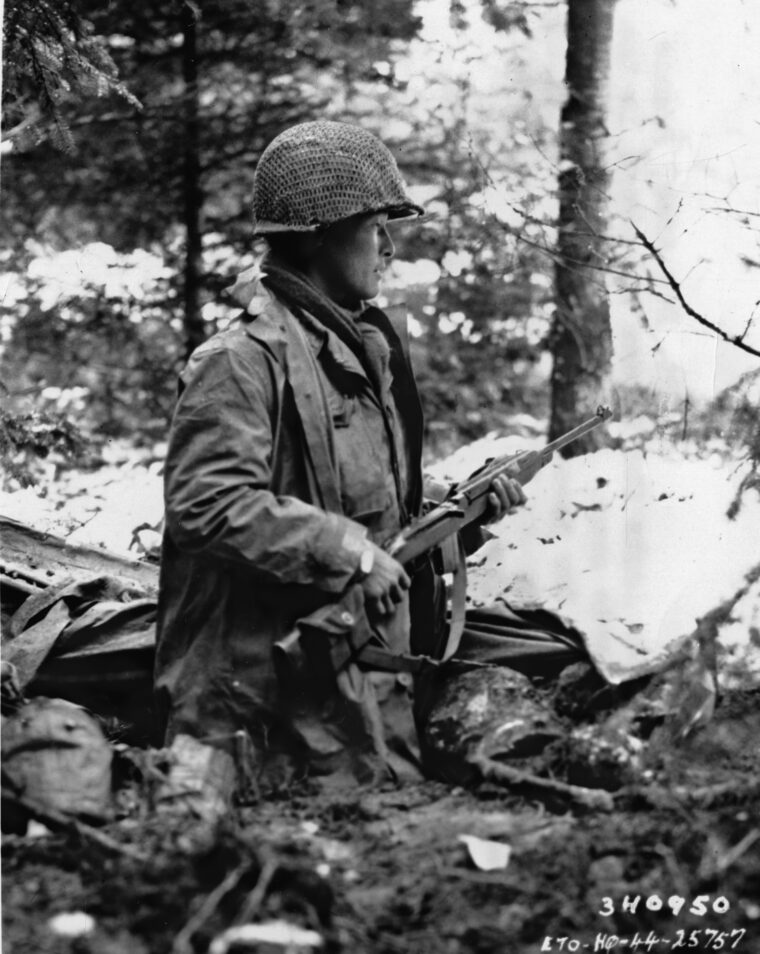
In November 1941, the Army also opened a school for Japanese linguistics training, taught and populated primarily by Nisei. This was all top secret until many years after the war.
In early 1942, though, the American public viewed the Nisei with deep suspicion as being more loyal to Japan than to the United States. In some cases this ethnic group was actually classified as “enemy aliens,” in spite of their U.S. citizenship.
Once again Lt. Gen. Delos C. Emmons, the military governor of Hawaii, came to the assistance of the Japanese Americans. Emmons seemed to understand that a territory under martial law and curfews might test the citizens’ resolve and cooperation with the military without some recognition of their patriotism.
Along with stalling the ordered removal of Japanese Americans to the mainland in February 1942, Emmons permitted approximately 170 volunteers, who had been removed from the Territorial Guard, to join the U.S. Army as part of the 34th Combat Engineer Regiment. (The unit designation is a bit misleading because they would be solely employed as construction workers. But the ex-University of Hawaii R.O.T.C. students, designating themselves the “Varsity Victory Volunteers,” put great energy into their tasks and were recognized for it. This occurred at the same time that the mainland Army was isolating Japanese Americans and refusing to draft them into the military.)
During 1942 the enlistment issue seesawed back and forth. However, strong supporters in the War Department began to weigh in on the issue. Besides Emmons both George C. Marshall and Assistant Secretary of War John McCloy, who had visited the Varsity Victory Volunteers in Hawaii, began to lobby for a Japanese American unit. The Navy never did agree and remained exclusionary of Japanese Americans. Also, after leaving as head of the WRA, Milton Eisenhower and the current WRA head both supported a Japanese American unit. Somewhat predictably, General John L. DeWitt, head of the Western Defense Command and a strong advocate for incarcerating Japanese Americans in concentration camps, or “relocation centers,” was opposed. (See WWII Quarterly, Fall 2013.)
This was just the beginning. The now segregated Japanese American members of the Hawaiian Army National Guard had begun a journey in June 1942 that would result in their earning the title the “Purple Heart Battalion.” More than 1,400 of them were shipped to the mainland and sent to Camp McCoy, Wisconsin, for training as the Hawaii Provisional Infantry Battalion. This was done at night with no warning and no chance to say farewell to their families. They were disarmed for the journey.
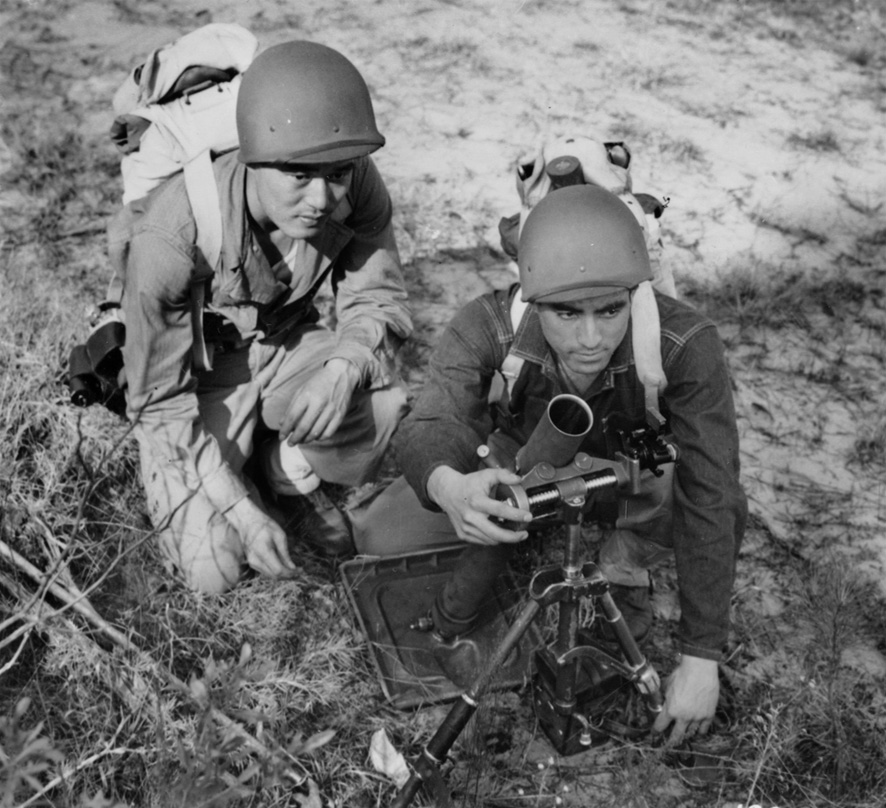
The “training” regimen was also supposed to identify disloyal members in their ranks. It was a total failure for the intended purpose, finding no evidence of disloyalty. However, in an eerie twist of fate, the unit, redesignated the 100th Infantry Battalion, met their first Texans at the camp. The 2nd Infantry Division, based in Texas, arrived at the Wisconsin camp and immediately became incensed at “Japs” in American uniforms.
During one night in town, the animosity boiled over and a pitched brawl took place between members of the two units. The Nisei were, of course, outnumbered, but when the casualty list was compiled, 38 Texans were in the hospital compared to only one Nisei. The 100th would later meet Texans again and the two would bond as brothers-in-arms on a foreign battlefield. Finally, their training was completed and whatever tests aimed at them were passed; the 100th moved to a true training facility at Camp Shelby, Mississippi.
At Camp Shelby, the primarily Hawaiian members learned with interest that another all-Nisei unit was to be established, the 442nd Regimental Combat Team. The Varsity Victory Volunteers were deactivated so they could enlist en masse in the new unit. Roosevelt’s words on the establishment of the unit seem to belie his feelings of only one year before: “Americanism is not, and never was, a matter of race or ancestry.”
The brutal necessity of war was teaching America that no matter how suspiciously hypocritical FDR’s words were, they were actually true. The price of freedom and equality for these young Japanese Americans began to be collected in blood and sacrifice in 1943.
The newly formed regiment adopted the gambling phrase “Go for Broke” as its motto. This phrase would soon resonate in the annals of American military history. The term implies risking everything, no matter the outcome. In another gesture showing where they stood, the colors of the 100th were emblazoned with “Remember Pearl Harbor.”
The new recruits began to arrive at Camp Shelby and settle in with the 100th. Of the two groups, two-thirds were Hawaiian and the rest were from the mainland, mostly the West Coast. The personnel from the mainland had an overall lower enlistment rate, theoretically due to their treatment in the relocation camps. Many of the mainlanders were recruited directly from the camps and, of course, their families remained behind in the camps.
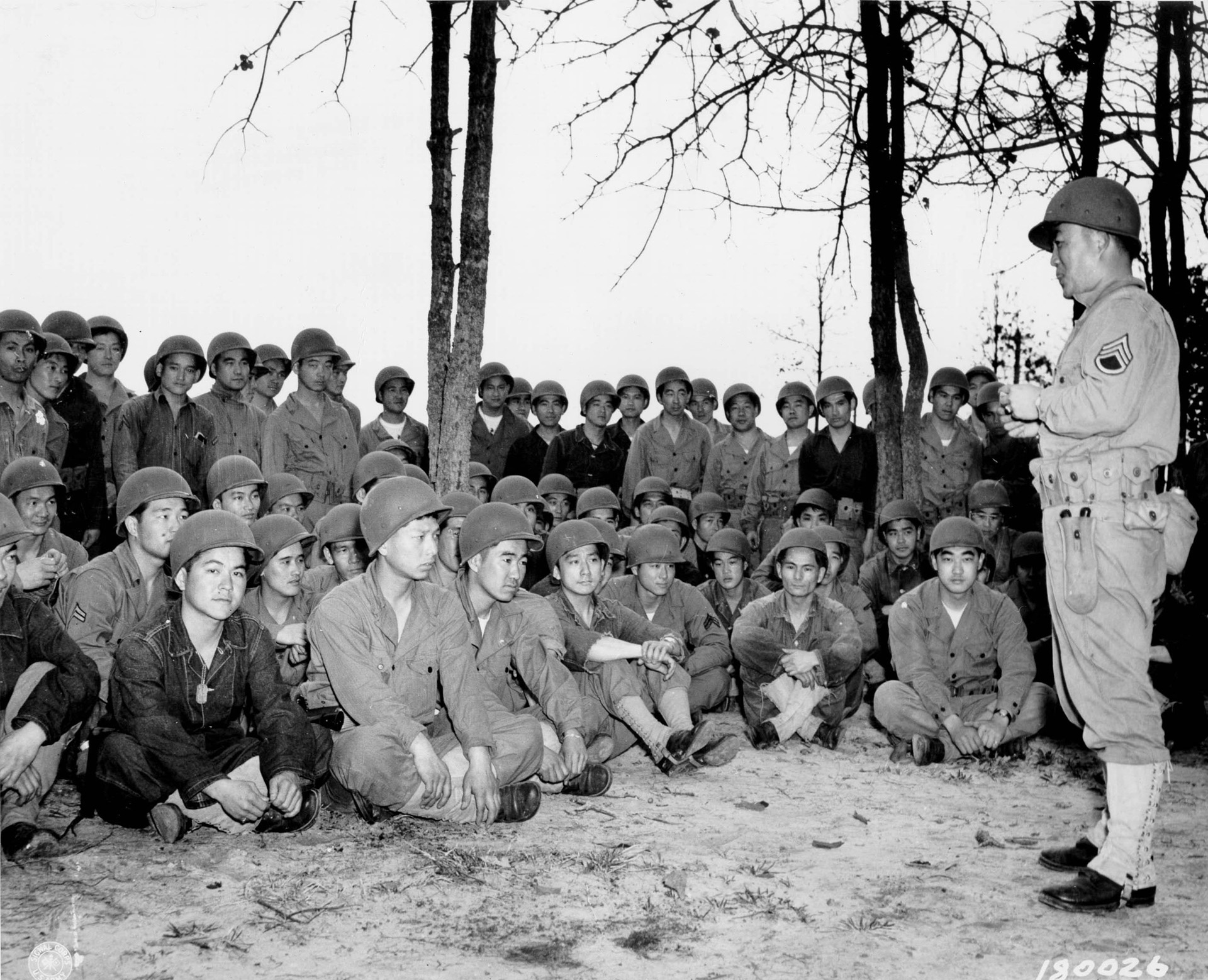
While the Army viewed this as a homogenous segregated unit, that was not the case among the men. The Hawaiians were more relaxed, carried a plethora of guitars and ukeleles, and did not speak English as well as the mainlanders; their “pidgin English” baffled the mainlanders, and there was fighting and animosity between the two groups. The Hawaiians also had darker skin than the mainland Japanese Americans. The mainlanders called the Hawaiians “Buddhaheads” and the Hawaiians called the mainlanders “kotonks.” Some of the hard feelings might have been over the assignment of NCO and officer positions. As a note, there were Anglo officers in both units.
Someone got tired of the divisiveness and arranged a visit for some of the Hawaiians. They were told they were going on a weekend leave to visit with other Japanese Americans and were taken by train from Camp Shelby to Rohwer, Arkansas, the location of one of the relocation camps. Daniel Inouye, then a young Hawaiian recruit (and later a U.S. senator), described “a joyful singing trip.” He described the men’s confusion when, ahead of them, they saw an Army-type installation with barracks, mess hall, etc., but also with barbed wire and machine-gun towers.
They then saw that the inhabitants looked like them and that there were bayonet-carrying white guards. They had not heard of the camps. They were shocked beyond belief and struggled to maintain a cheerful face for the inmates, who welcomed them and generously fed them with their limited food.
In an oral history for the documentary The War, Inouye said, “Would I have volunteered if I was in that camp?… I can’t answer that question … but when we got back to camp immediately they became our brothers. These guys were special…. They were better than us.” The two groups had become a team, albeit one still composed of an older and younger brother.
Camp Shelby, Mississippi, was an interesting experience for the trainees. Arriving in a blacked-out train at night ostensibly to prevent frightening the locals, Inouye remembered they were shocked to be met by more than 100 local women offering coffee and donuts.
There were even dances with the local girls sponsored by the USO. In his oral history for the National World War II Museum, Inouye fondly remembers the first time he danced with a white girl. With the most wistful expression he states, “It was nice.” A Private Kashiwagi remembers not knowing which of the segregated bathrooms to use. He chose the “Black Only” and was escorted to the “Whites Only,” very confused.
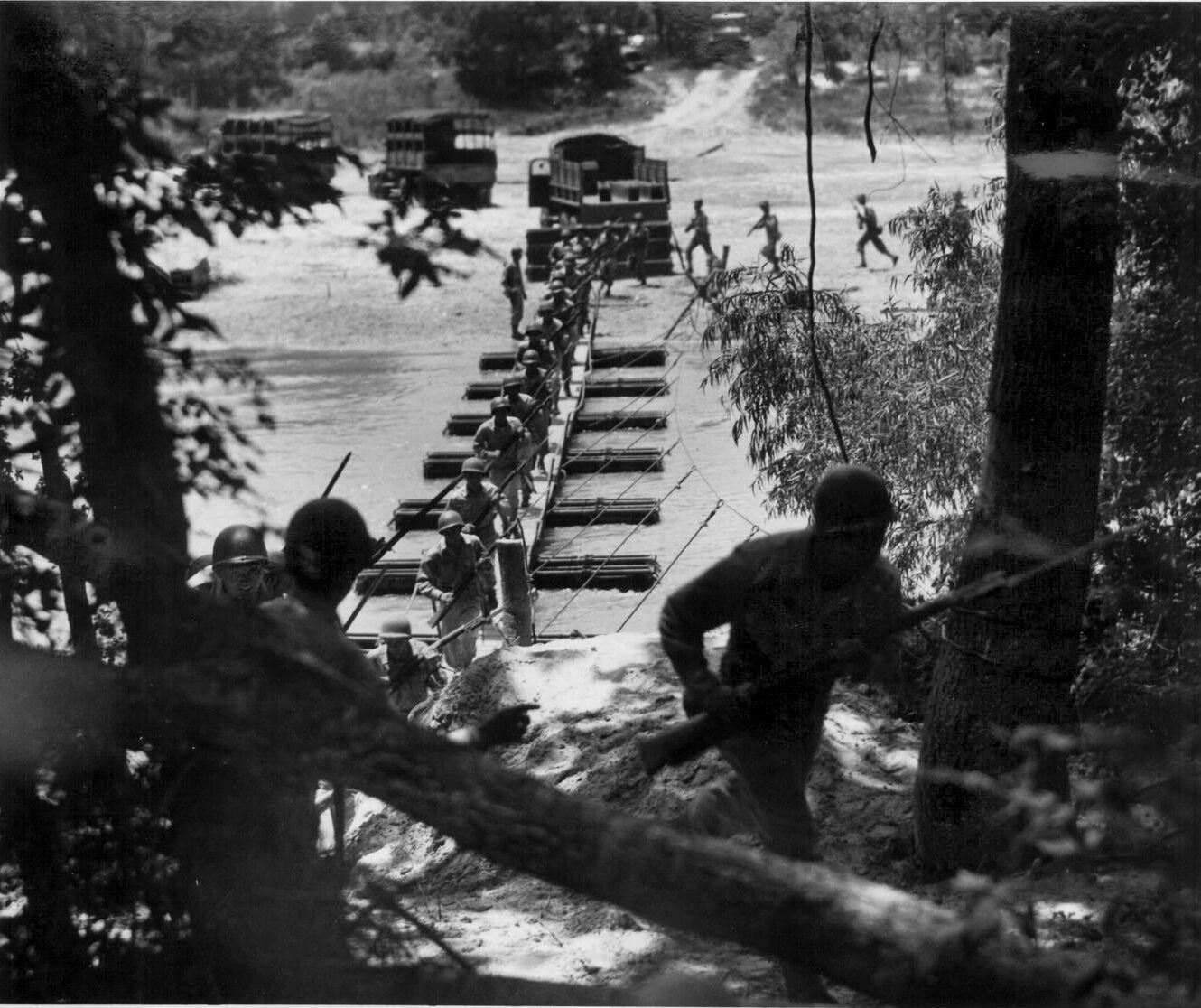
While public attention was focused on the 100th and 442nd as they went through their training, Japanese Americans were already in combat in the theater where they were not supposed to be: the Pacific.
Very quietly and with great secrecy the Army eventually recruited more than 6,000 Nisei and Kibei (Japanese Americans born in America who moved to Japan) for intelligence work in the Pacific Theater. The Kibei proved to be the best at field intelligence work as they had lived in Japan and learned to speak Japanese. Many of the cadre were recruited from the 100th and 442nd as volunteers for hazardous duty.
Their language and intelligence skills were honed at the Military Intelligence Language School in Minnesota. These skills became highly prized after several early war incidents demonstrated their value.
One of these occurred on Guadalcanal in the early days of the campaign. Forty-five Nisei and Kibei, the first graduating class from what became the Military Intelligence Language School, were split between the Aleutians and Guadalcanal. Their primary duty was deciphering Japanese military communications and documents. The group on Guadalcanal successfully deciphered captured documents that detailed all Japanese naval and air forces and their associated call signals and code names. The information proved invaluable to the embattled Marine and U.S. Navy units engaged in a life-and-death struggle for the island.
With this success, the clamor from the field for more of the trained specialists reached a crescendo that did not subside for the rest of the war. Other major intelligence coups included pinpointing Japanese counterattacks, targeting and killing Admiral Isoroku Yamamoto, and deciphering Plan Z for the Japanese counterattack in the Philippines. This foreknowledge of Japanese plans was directly responsible for Admiral Raymond A. Spruance’s crushing victory at the Battle of the Philippine Sea.
Of lesser significance but perhaps more demoralizing for the Japanese, the MISers as they were termed, decoded the hours of operation for a Japanese brothel on Rabaul and the hours reserved for officers. Air strikes ensued and James McNaughton, in his excellent book, Nisei Linguists, quoted an intelligence officer, Major Anderton, as stating, “Japanese leadership at Rabaul was never the same.”
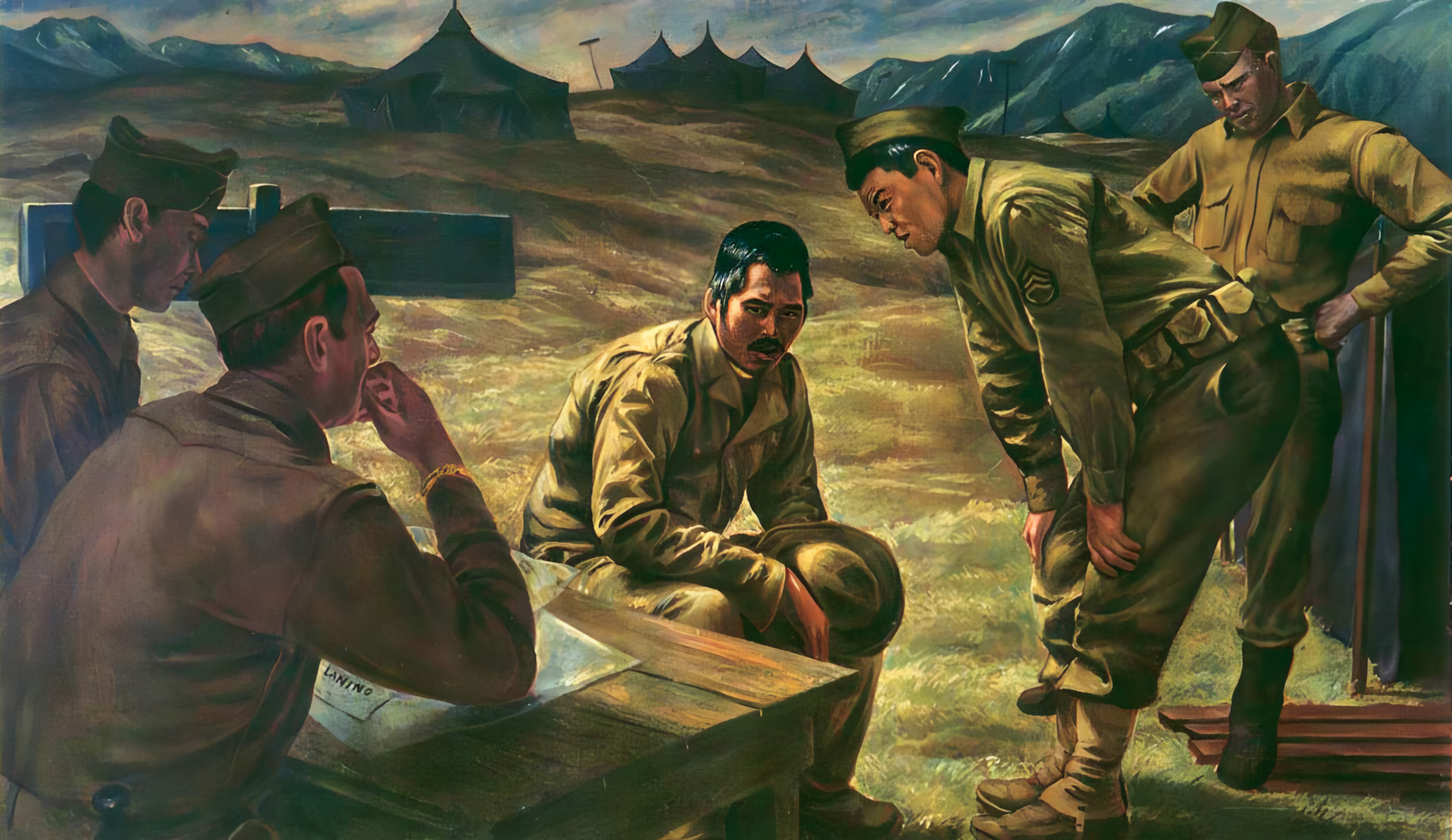
Contrary to popular belief, these men were also employed in direct combat situations. U.S. landings where the MISers were deployed included Guadalcanal, the Aleutians, Iwo Jima, the Marianas, the Philippines, Saipan, Okinawa, and virtually every other battle zone in the Pacific.
Takejiro Higa, an MIS soldier, recounted in an emotional oral history for the Go for Broke Educational Center in Torrance, California, what it felt like to invade his homeland, Okinawa, where family members still resided. He later saved the lives of countless Okinawa civilians who were preparing to commit suicide when he spoke to them in Okinawa dialect and, finally trusting him, surrendered instead. He also interrogated prisoners, some of whom had attended school with him. The MIS Nisei on the island were credited with saving thousands of civilian lives.
In the field they would listen to Japanese communications, examine captured documents, and interrogate captured Japanese. All of these activities led to major intelligence coups. They also spied behind enemy lines and parachuted into enemy territory, yielding valuable intelligence. They fought with and were recognized as “samurai” by famous units such as Merrill’s Marauders. The stories of their heroism are legion.
Their field commanders were also impressed by their courage and prowess. Admiral Chester Nimitz, Commander-in-Chief, Pacific, later said, “Before World War II, I entertained some doubt as to the loyalty of American citizens of Japanese ancestry in the event of war with Japan. From my observations during World War II, I no longer have that doubt.”
General Charles A. Willoughby, Douglas MacArthur’s chief of staff, said, “6,000 Nisei in the war in the Pacific saved over a million American lives and shortened the war by two years.” Even MacArthur, the theater commander himself, commented on their value to him: “Never in military history did an army know as much about the enemy prior to actual engagement.” But it wasn’t until 1972 that President Richard M. Nixon signed an Executive Order allowing their service to be recognized.
Far from the Pacific, the 100th Battalion (or the “One-Puka-Puka,” as the men termed it) was moving into another theater of war: Italy.
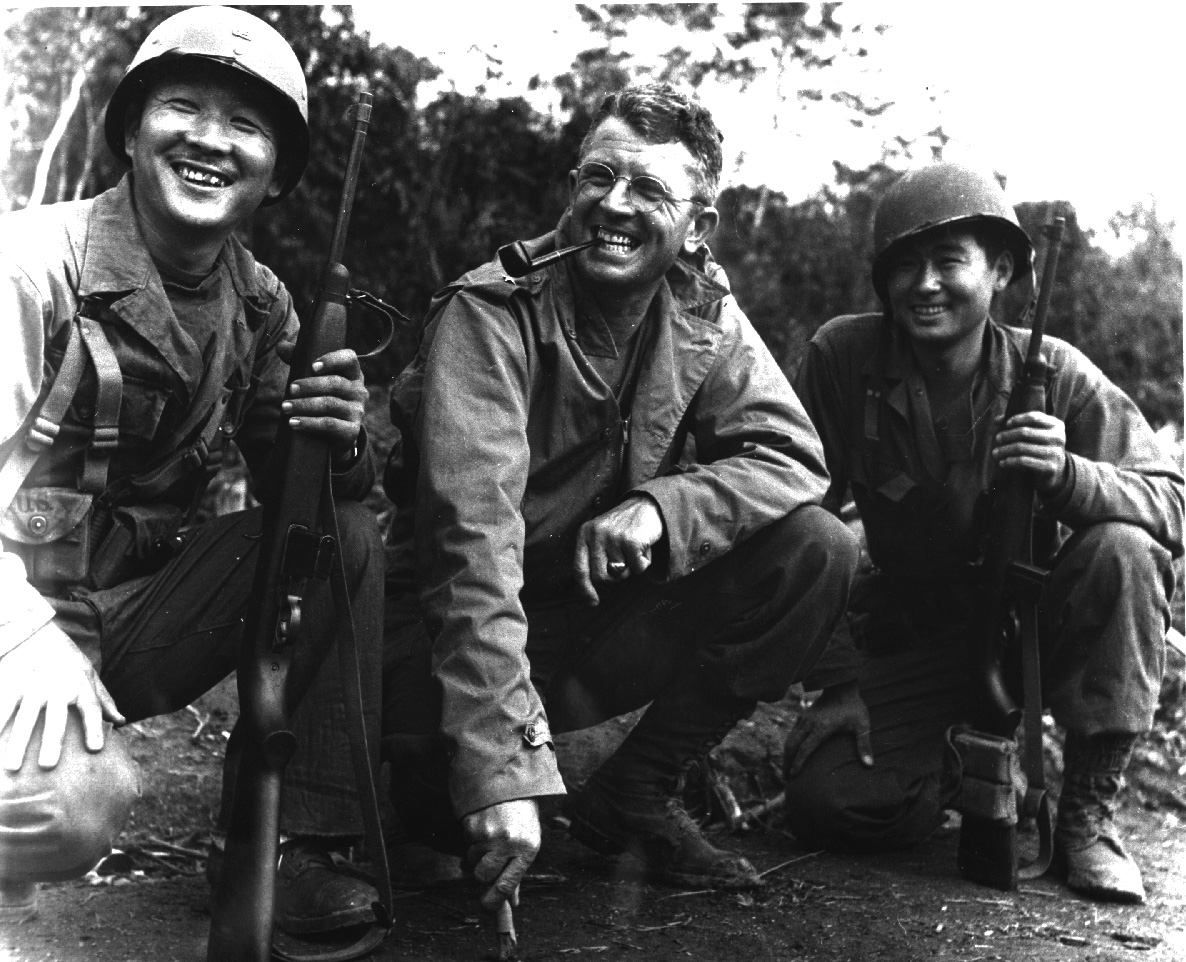
On September 8, 1943, fearing a full-scale invasion, the Italians signed an armistice with the Allies. The Germans moved quickly to disarm and neutralize the Italian Army and turn the country into Nazi-occupied territory.
The Italian campaign was more akin to World War I than World War II. It was marked by Allied frontal assaults against well-planned German defenses in mountainous terrain sliced by rivers, making maneuver very difficult. The primary Allied objective of the campaign was to tie down German forces so they could not be used in either Russia or against the coming invasion of Normandy.
The war in Italy would prove catastrophic for both sides and for the civilian populace. The casualty rates for both sides were higher than seen in other Western theater campaigns and virtually identical for each of the foes. Total Allied casualties amounted to approximately 320,000 while German casualties were more than 340,000 excluding the final surrender. Civilian casualties totaled over 150,000.
The 100th Battalion, with approximately 1,300 effectives, was detached from the 442nd and entered this meat grinder as part of the 34th (“Red Bull”) Infantry Division on September 22, 1943, approximately two weeks after the initial Allied landings. They would not be reunited with their brethren, the 442nd, and become an official part of that unit until June 1944. By then they had covered themselves in glory as the Purple Heart Battalion.
The unit quickly adapted from training doctrine to the furious fighting required to make progress up the Italian “boot.” In one battle against fierce resistance, they had to cross the winding and flooded Volturno River three times. Each time they were bracketed by German artillery, machine-gun, and small-arms fire. Their casualties were staggering but they never shirked or refused to try. On the third crossing of this blood-soaked river, they made their first “banzai” charge—a tactic they would use again in an even more threatening situation.
The incident is related in the Go for Broke Education Center review of the campaign: “The next day, was the first ‘banzai charge.’ A sergeant mistakenly heard that one of the most respected officers in the battalion was wounded or captured. The sergeant ordered his platoon to fix bayonets and charge. The men yelled ‘Banzai!’ and swarmed the area, a move that later in the war would be used again to rescue a lost battalion….
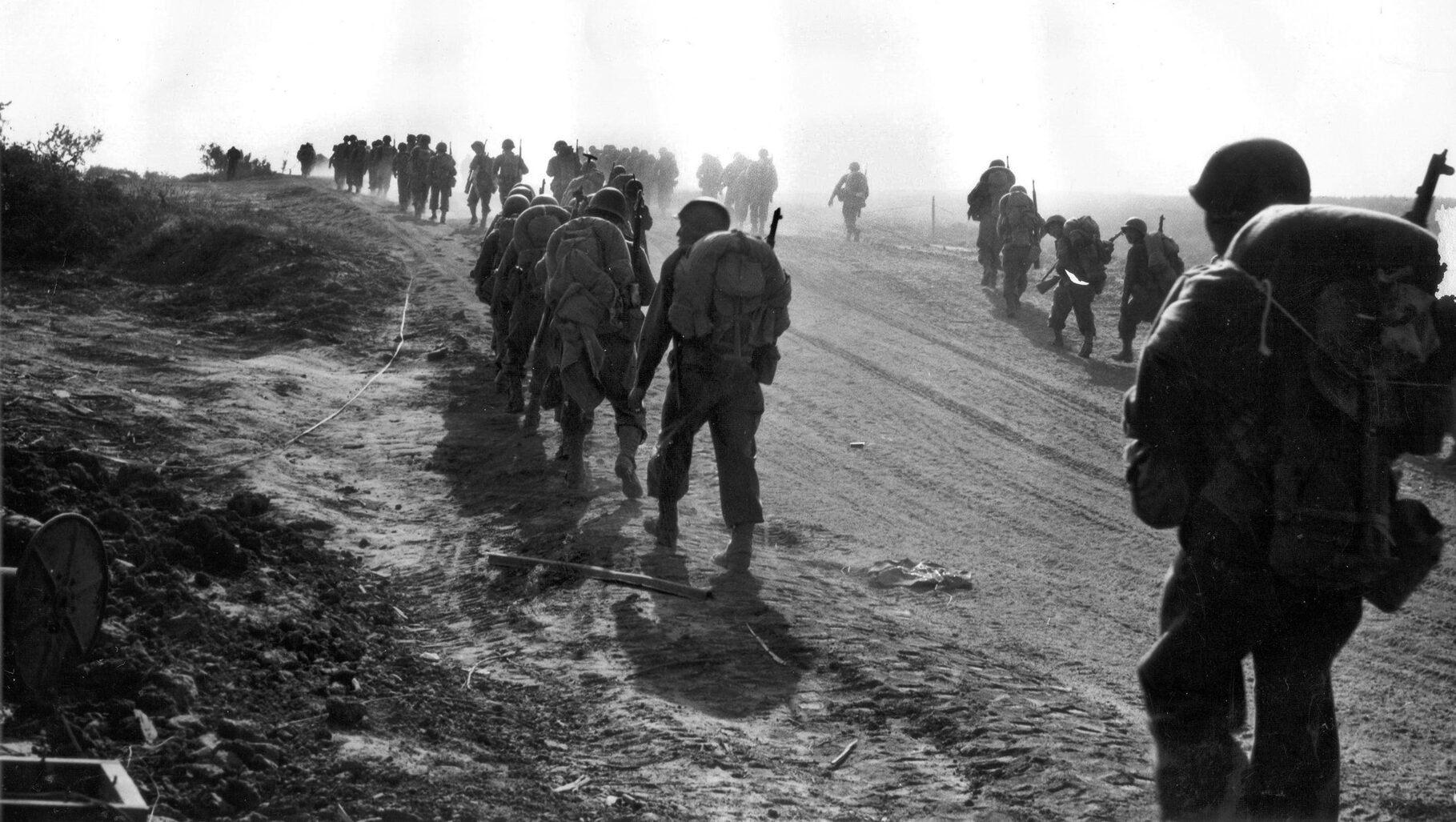
“The ‘banzai charge’ occurred because of the men’s concern for each other. The ‘Buddaheads’ had known each other since they were children. No other military unit had bonds this close. They never left a man behind. Never. By the time they were relieved on November 11, 1943, the men of the 100th had earned 19 Silver Stars. But the casualties were high. Eighteen officers and 239 enlisted men were wounded. Three officers and 75 enlisted men died.”
If the rivers and mountains in the south of Italy were bad, the definition of hell was about to be unveiled to the One-Puka-Puka. Capping the Liri Valley approximately 20 miles inland from Italy’s west coast is the majestic Benedictine Abbey at Monte Cassino. This mountaintop position and its valley moat, the Rapido River, were the main obstacles on the Gustav Line and would stall the Allied armies for four months. The position would unleash an avalanche of casualties during a brutal winter. There was no bright side. Both the fighting and the climate were hell. The 100th arrived on the line in January 1944.
Their objective, and that of the whole 34th Division, was to cross the Rapido northeast of the abbey and try to outflank the position. The initial assault was across flooded fields containing mines, clearly visible to the German defenders. The 100th’s battalion commander was relieved from command when he would not order the men into a suicide charge. Reconnoitering the ground, the replacement commander was severely wounded and the most beloved officer in the battalion was killed.
The Nisei battalion eventually crossed, after several days of rest, at another more fordable location and pushed on into the mountains. The fighting lasted over two weeks and the brutality was beyond measure as machine guns and mortars ripped into the uphill advancing Nisei at close quarters. At one point the 34th Division actually came within 400 yards of the abbey before it was finally repulsed and withdrawn from the line.
Some Allied units experienced 80 percent casualties; after the battle, the 100th consisted of approximately 500 effectives. (The abbey would not fall until May 17, 1944, to valiant Polish troops after being flattened by Allied bombs in one of the war’s most tragic incidents. See WWII Quarterly, Fall 2011.)
The 100th, commanded by West Pointer Lt. Col. Gordon Singles, continued to fight its way north, right to the gates of Rome. Having again acquitted themselves well, they were ordered to halt a few miles outside Rome as the 1st Armored Division drove by to clear the way for General Mark Clark’s entry into the undefended Eternal City. Controversy still exists on whether the insult was intentional or not. However, for the men on the scene it was a bitter moment that stayed with them forever.
Clark swung his Fifth Army west to capture Rome on June 4, but the triumph was overshadowed by D-Day—the Normandy invasion—two days later. In the process, most of the German Tenth Army escaped and took up new positions farther north along the Gothic Line. The results were later written in the blood of the Allied forces. Clark’s superior, Field Marshal Harold Alexander, later commented, “I can only assume that the immediate lure of Rome for its publicity value persuaded Mark Clark to switch the direction of his advance.”
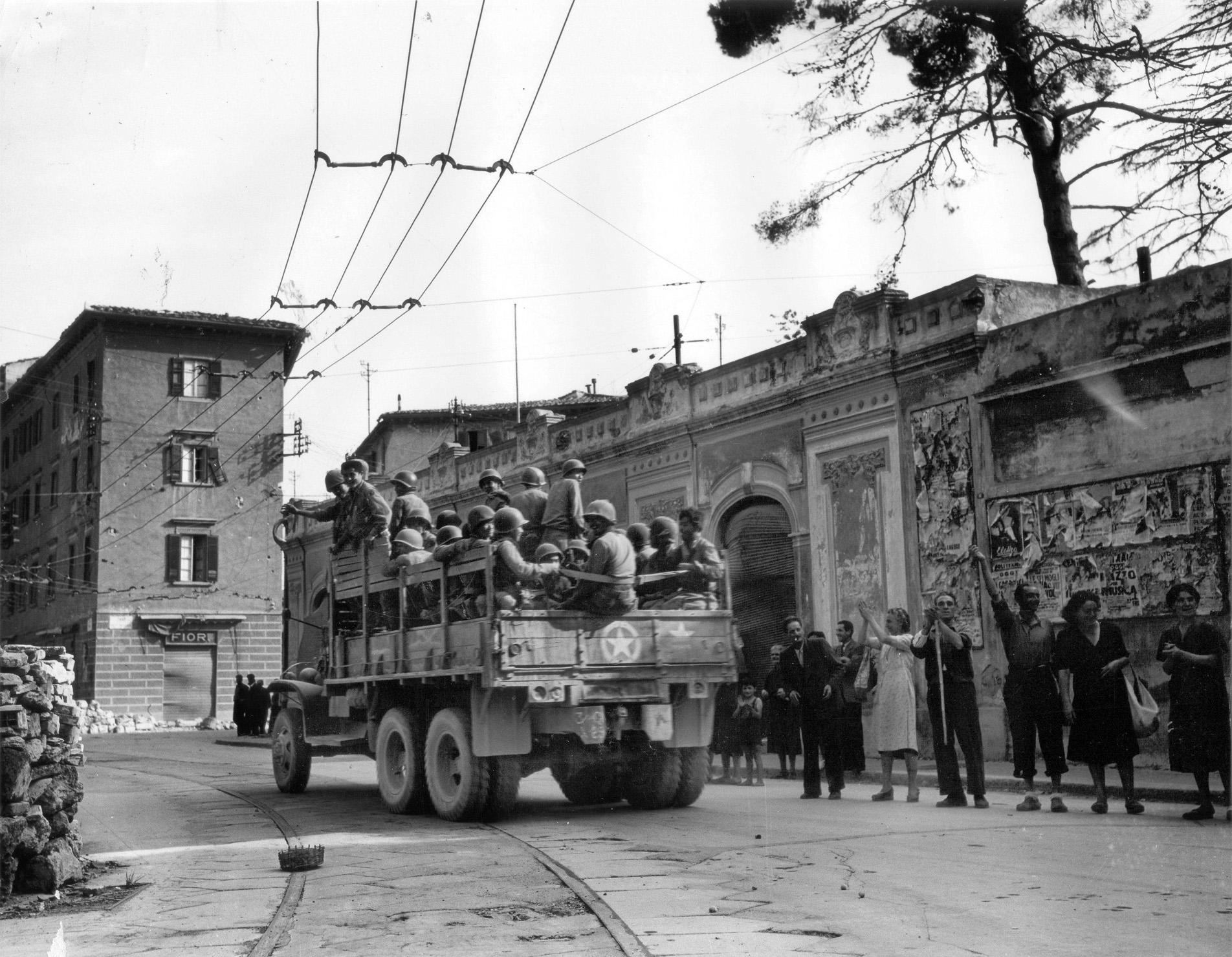
Meanwhile, the 442nd had sailed from Virginia and landed at Anzio on May 28, a few days after the breakout from the beachhead (Operation Buffalo), then moved north of Rome to Civitavecchia, where it linked up on June 11 with the 100th Battalion, then still attached to the 34th Division; four days later the 100th was made an official part of the 442nd.
The 442nd RCT, under the operational control of the 34th Division, consisted of three infantry battalions, the 2nd, 3rd, and 100th (the latter was allowed to retain its designation because of its combat record). Also part of the 442nd was the 522nd Field Artillery Battalion, the 232nd Engineer Company, an antitank company, and assorted support units.
Advancing out of Civitavecchia in late June with the rest of the Fifth Army, the Nisei were soon put to the test as an integrated unit. It was decided to hold the 100th in reserve and attack with the 442nd’s untested 2nd and 3rd Battalions; they would be going up against a well-seasoned SS battalion in the town of Belvedere.
The 2nd and 3rd Battalions, “seeing the elephant” for the first time, were soon in serious trouble. Maj. Gen. Charles W. Ryder, the 34th Division commander, was almost captured and, returning to the 100th’s command post, he thundered at their leader, “Singles, clean up this mess!”
Singles and the 100th launched into action and, using well-practiced encirclement techniques, cut off the SS and basically bagged the whole SS battalion. They also taught quite a lesson to their new Nisei comrades.
The Presidential Unit Citation awarded to the 100th for the action at Belvedere stated, “All three companies went into action boldly facing murderous fire from all types of weapons and tanks and at times fighting without artillery support…. The stubborn desire of the men to close with a numerically superior enemy, and the rapidity with which they fought, enabled the 100th Infantry Battalion to destroy completely the right flank positions of a German Army…. The fortitude and intrepidity displayed by the officers and men of the 100th Infantry Battalion reflect the finest traditions of the Army of the United States.”
The rest of the campaign to the Arno River was as bloody and tough as the rest of Italy had been. However, the 442nd now grew together, and the new men received critical battle experience. An unintended consequence of their ferociousness in battle was recognition by their soldier comrades, commanders, and—perhaps most importantly for the Japanese American cause—the press.
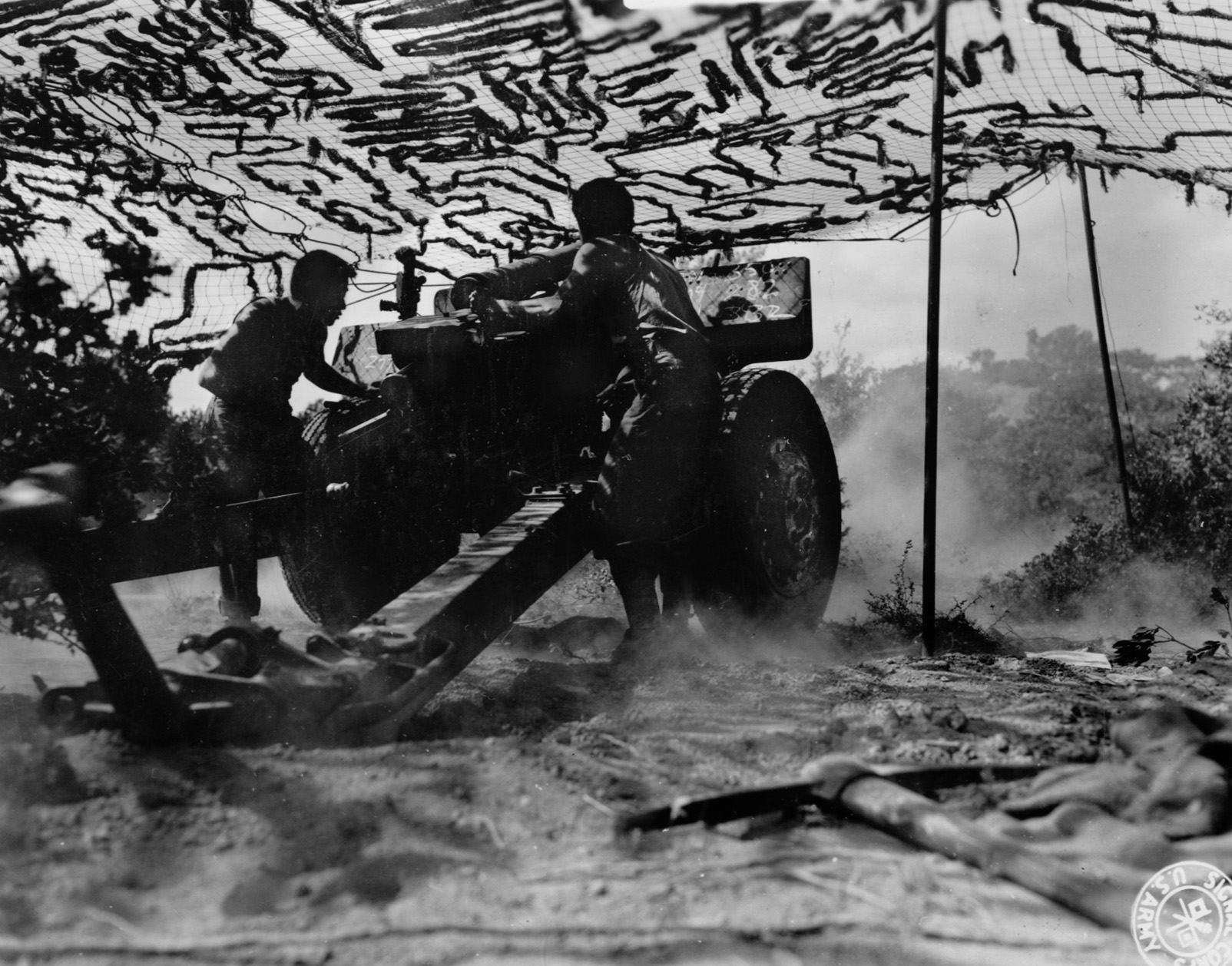
A communiqué from Army Chief of Staff George C. Marshall to Mediterranean Theater commander Jacob Devers reads, “Operations reports show the 442nd Infantry and the 100th Battalion Japanese in action on the 5th Army front against heavy resistance. If military reasons do not preclude, it would be beneficial to give publicity to aggressive action of these Japanese troops. It has tremendous value, not only from the propaganda side, but helps materially in our handling of the American-of-Japanese-descent problem in this country, particularly on the west coast.”
Other military figures added their praise: General Ryder, who had chewed out Singles, called them “My best outfit.” Mark Clark also praised them in no uncertain terms.
The Army-Navy Register, among a media storm of praise for the success of the unit, reported, “In ten months of almost continuous fighting … the 100th Infantry [has been awarded] … 1,000 Purple Hearts, 44 Silver Stars, 31 Bronze Stars, nine Distinguished Service Crosses, and three Legion of Merit medals. There has never been a case of desertion or absence without leave in the 100th, although there were two reported cases of ‘reverse AWOL.’ Before their battle wounds were completely healed in a field hospital behind the lines, two soldiers left the hospital and hitch-hiked back to their companies on the battlefield.”
The 442nd and 100th were making a mark in a theater of war that sometimes was ruled by anonymity and this was noticed back at home by their families, the American public, and the federal government.
However, the greatest tests lay ahead. With Rome taken, the 442nd was now transferred to France, arriving at the port of Marseilles on September 30, 1944. The RCT began to make their way north to the Vosges Mountains of Alsace-Lorraine. In this wild, freezing, rain- and snow-soaked forest they would seal their fame forever with the rescue of the “Lost Battalion.”
The 36th (“T-Patchers”) Infantry Division was a Texas National Guard unit that had fought on the flank of the 100th at the Rapido River in Italy and been decimated crossing the river. Maj. Gen. John E. Dahlquist, commanding the 36th, asked specifically for the “Go for Broke” outfit when requesting reinforcements. Attached to the 36th Division, the 100th fought two tough battles at Bruyères and Biffontaine. At Biffontaine, the surrounded 100th engaged in an isolated house-to-house battle for three days until a relief column broke through.
Now a group of the 141st Regiment of the 36th, around 275 men, were surrounded behind enemy lines. For several days the other battalions of the 141st struggled to free their comrades but to no avail. Casualties skyrocketed. Maj. Gen. Dahlquist ordered the 442nd into the fray on October 27 with just a day or two of rest after the hard fighting at Biffontaine.
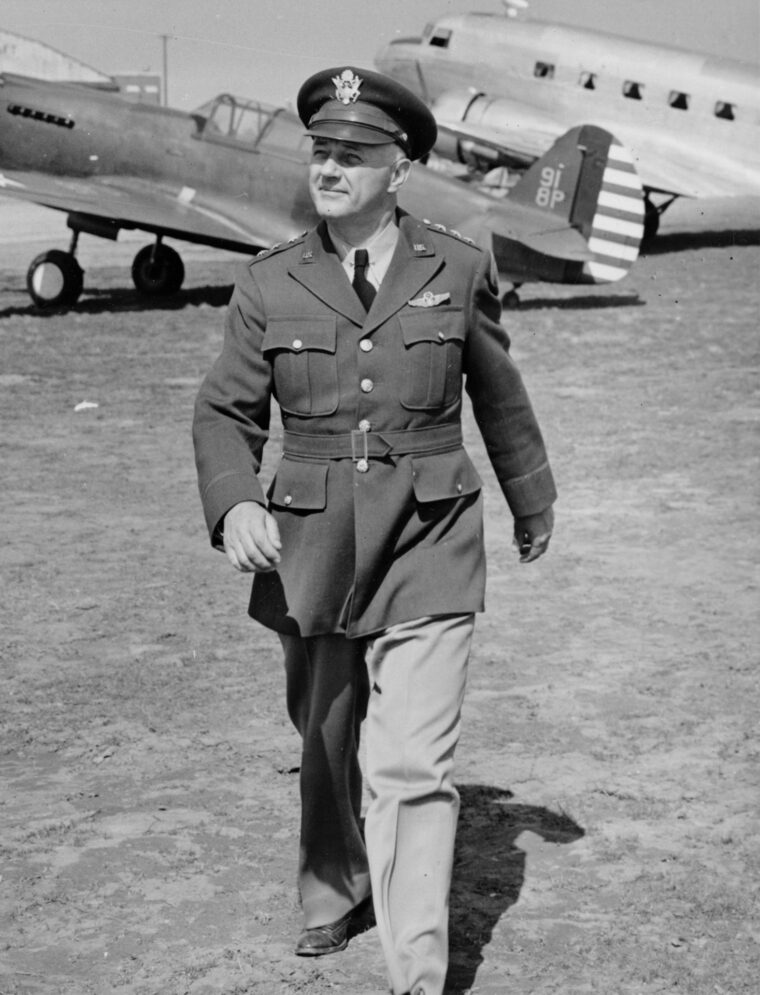
For three days the 442nd battled forward against increasing German resistance and newly arrived German armor. The going was horrific. The unit lost half its fighting strength, and bravery to the limit of endurance became commonplace. The Germans poured in reinforcements and Dahlquist drove the 442nd. He began to micromanage the unit, which prevented the type of strategic move that might have broken the ring.
The Nisei could not believe how Dahlquist’s orders for more frontal assaults just kept coming, but they did their best. The slaughter was unbelievable as the Nisei fought tanks, mortars, machine guns, and small-arms fire that seemed like rain. The fight continued with little progress made.
Finally, as told by the men, something “snapped.” 2nd Lt. Edward Davis, the only officer left in Company K, stood up at the height of the battle and asked nearby Sergeant Etsuo Kohashi to follow him. Kohashi did so, then yelled to the men taking cover all around him. They all rose up, screaming, and made a banzai charge at the surprised Germans.
They captured the key hill position and, during the next two days, consolidated their breakthrough and drove forward, now through deep snow. The reunion with the beleaguered Texans became legend. The “T-Patchers” just stared in disbelief at the Nisei as they moved into their perimeter. Some did not even stop but pursued the fleeing Germans. The exhausted men of both units fell to the ground. Some laughed, some cried, together, Americans.
The 442 suffered more than 800 casualties in the two weeks waging the three battles but they rescued the 211 remaining Texans. After the war, Governor John Connally of Texas would declare the 442 to be “honorary” Texans. In his oral history, Senator Inouye remembers how, after the battle, whenever the two units were together, the Texans to a man rose up to salute the Nisei. The grateful survivors of the 141st gave a plaque to the Nisei which read, “With deep sincerity and utmost appreciation for the gallant fight to effect our rescue after we’d been isolated for seven days.”
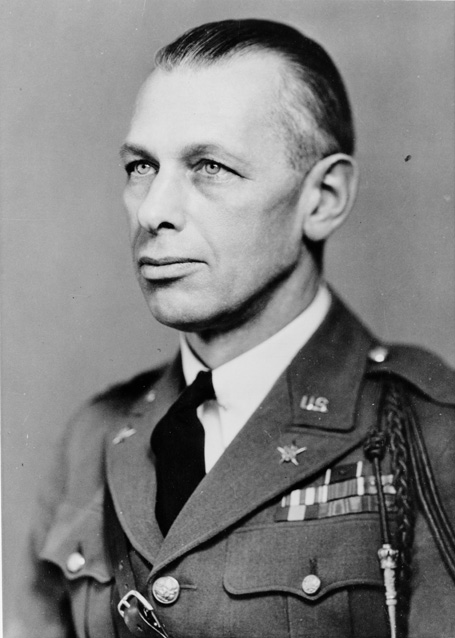
However, all was not done. Unbelievably, Dahlquist ordered the shattered regiment back into combat until November 9, when they were finally ordered back from the line. The deployment of the 442nd during this time has been severely criticized. A lifelong estrangement between Dahlquist and the unit was already well in place when Dahlquist ordered a regimental review on November 12 to honor the unit.
When he arrived, he was angered that so few soldiers lined up for review. For example, one company—I—was represented by just eight men, and another—K—only 18. When questioned about the lack of attendees, the 442’s temporary commander responded, “This is all there is!”
Senator Inouye remembered the scene after the exchange about the number of men present took place. “General Dahlquist looked at us for a long time. Twice he started to speak and choked on the overpowering feelings that took hold of him. And in the end, all he could manage was an emotional, ‘Thank you, men. Thank you from the bottom of my heart.’ And the saddest retreat parade in the history of the 442nd was over.”
Later in life, Dahlquist, then a four-star general, met up with Colonel Singles previously of the 100th at a review. Dahlquist offered his hand to let “bygones be bygones.” Singles’s salute never wavered but he did not take Dahlquist’s hand.
During its month in the Vosges, the damage done to the 442nd was almost beyond belief. Arriving at Marseilles with approximately 3,500 officers and men, this total was reduced to approximately half after the campaign. There were nearly 2,000 wounded, 161 killed, and 43 missing when they left the mountain country. The Nisei had triumphed, but at an enormous cost.
The next four months were spent along the French-Italian border on the French Riviera for some well-deserved R&R, but also some dangerous patrolling. All in all, it was a period of recovery and replacement for the unit.
Meanwhile, back on the Italian front, General Mark Clark and the Allied forces had been halted in their advance up the Italian Peninsula by the German Gothic Line, also known as the Green Line, north of Pisa, for over six months. The line was grounded in the mountains and ran along rugged peaks both inland and along the coast. There were thousands of machine-gun and mortar emplacements and trenches built largely by slave labor.
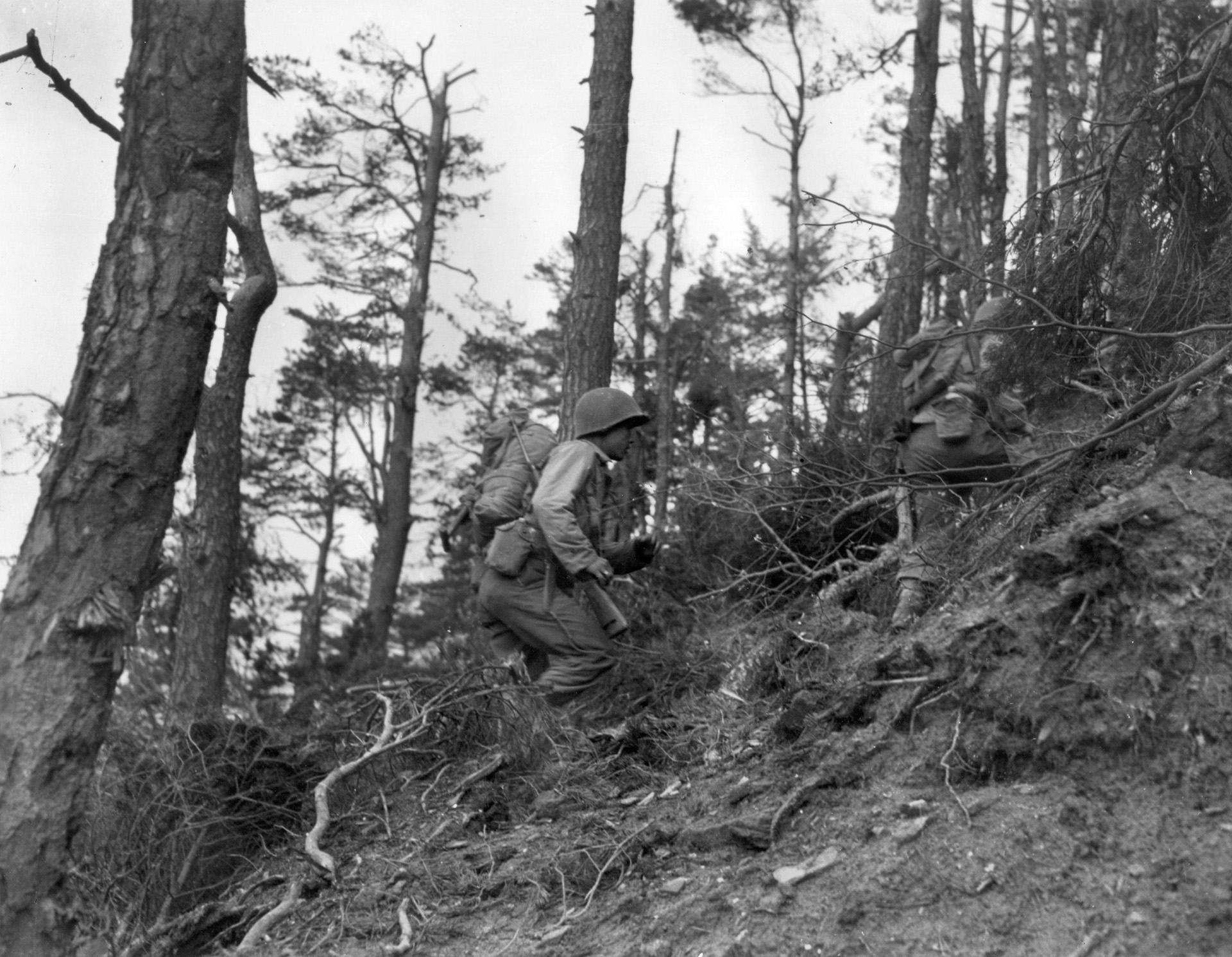
Fighting in the fall had yielded some ground but the complete destruction and breakthrough of the line had not been accomplished. Clark, now in charge of all Allied armies in Italy, was going to launch a spring breakout. The campaign was suspended as possible surrender talks were held, but was launched on April 9, 1945, after talks broke down.
Under very secret orders and at Clark’s request, the 442nd minus the 522nd Field Artillery was returned to Italy on March 24, 1945. The 442’s reputation was now among the elite units of the entire army, but they were attached to the all-black 92nd Division, which initially did not sit well with the 442nd. The 92nd was a hard-luck outfit, primarily for racial reasons, and their combat record under white officer leadership was poor. In combat, things would improve, but the two units were never very comfortable with each other.
Operation Craftsman, the massive spring offensive, was scheduled to begin on April 9 but, to surprise and divert the enemy, the 442nd would attack from their hidden positions on April 5. The 442nd attacked with their now customary ferocity and immediately secured a foothold in the mountains of the German defensive line. The Germans were frantic to drive the penetration back but, mountain by mountain, the Nisei drove the Germans northward. For the next three weeks the fighting was tough and bitter as the Allies advanced against desperate opposition.
The unit’s first Medal of Honor was earned on April 5 during the jump-off’s first day. Private Sadao Munemori of Los Angeles, known as Spud by his buddies in the 100th, was awarded the medal after the action where he made the ultimate sacrifice less than a month before the war ended.
His Medal of Honor citation reads: “He fought with great gallantry and intrepidity near Seravezza, Italy. When his unit was pinned down by grazing fire from the enemy’s strong mountain defense, and command of the squad devolved on him with the wounding of its regular leader, he made frontal, one-man attacks through direct fire and knocked out two machine guns with grenades.
“Withdrawing under murderous fire and showers of grenades from other enemy emplacements, he had nearly reached a shell crater occupied by two of his men when an unexploded grenade bounced on his helmet and rolled toward his helpless comrades. He arose into the withering fire, dived for the missile and smothered its blast with his body.
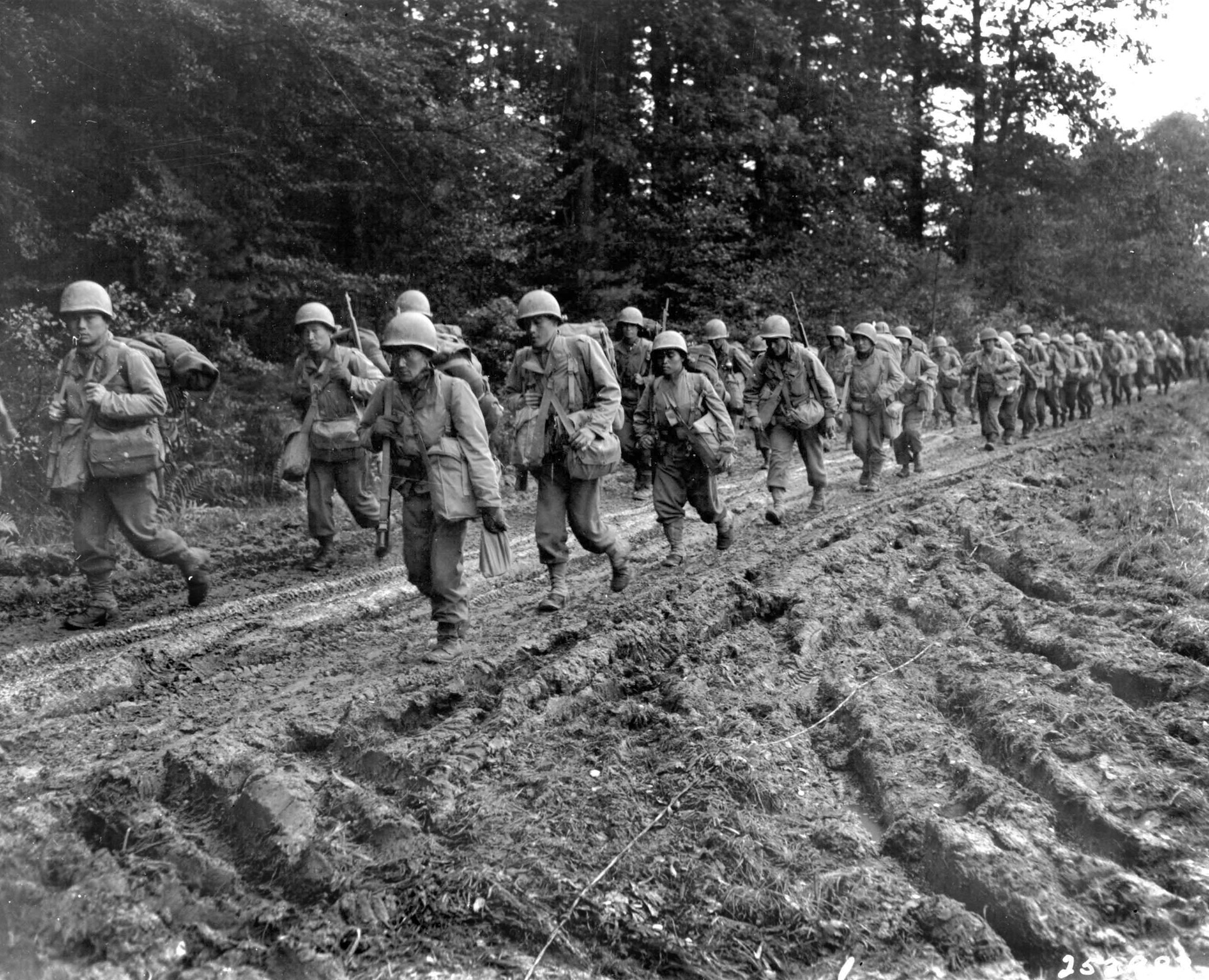
“By his swift, supremely heroic action, Pfc. Munemori saved two of his men at the cost of his own life and did much to clear the path for his company’s victorious advance.”
His mother received the news of his death while still in the Manzanar Relocation Camp, California. Initially he was awarded the Distinguished Service Cross but, because of Congressional intervention, on March 13, 1946, his mother accepted the country’s highest honor for her martyred son.
The Stars and Stripes, the Army’s newspaper, trumpeted the attack being spearheaded by the 442nd. “They [the 442nd] remained within carefully guarded bivouac areas until last Wednesday. Then under cover of darkness, they moved into the line, and hid within mountain villages until the attack was launched. German prisoners said they had been caught completely by surprise.” The 442nd had become a secret weapon!
The men knew the end of the war was near. In fact, the officers had been informed of the negotiations but sworn to secrecy so that during the campaign the pressure on the Germans would not abate. This did not deter them from acts of courage and defiance in the war’s final weeks. Ahead of them lay Montignoso, Monte Nrugiana, Carrara, and Ortonovo, and Monte Nebbione at Aulla—all heavily defended positions.
One of the young soldiers, Yoshio Nakamura (who would become an art instructor and eventually chairman of the Department of Fine Arts at Rio Hondo College in California), recalls, “We were assigned to take out German observation posts, and we had to scale an extremely steep mountain in the middle of the night. Luckily, we were led by Italian partisans who knew every inch of the peak. We were able to take the enemy by surprise.”
In another action, on April 21, 1945, the 442nd was near San Ternzo, east of Aulla, battling to take a key ridge position from the retreating Germans. Recently promoted to 2nd lieutenant, 20-year-old Daniel Inouye led his men against three well-sited machine-gun positions. Unfortunately, Inouye was frantic because he had lost his field jacket containing the two silver dollars that had saved his life in the Vosges when a bullet struck them. However, he shrugged it off and led his men forward.
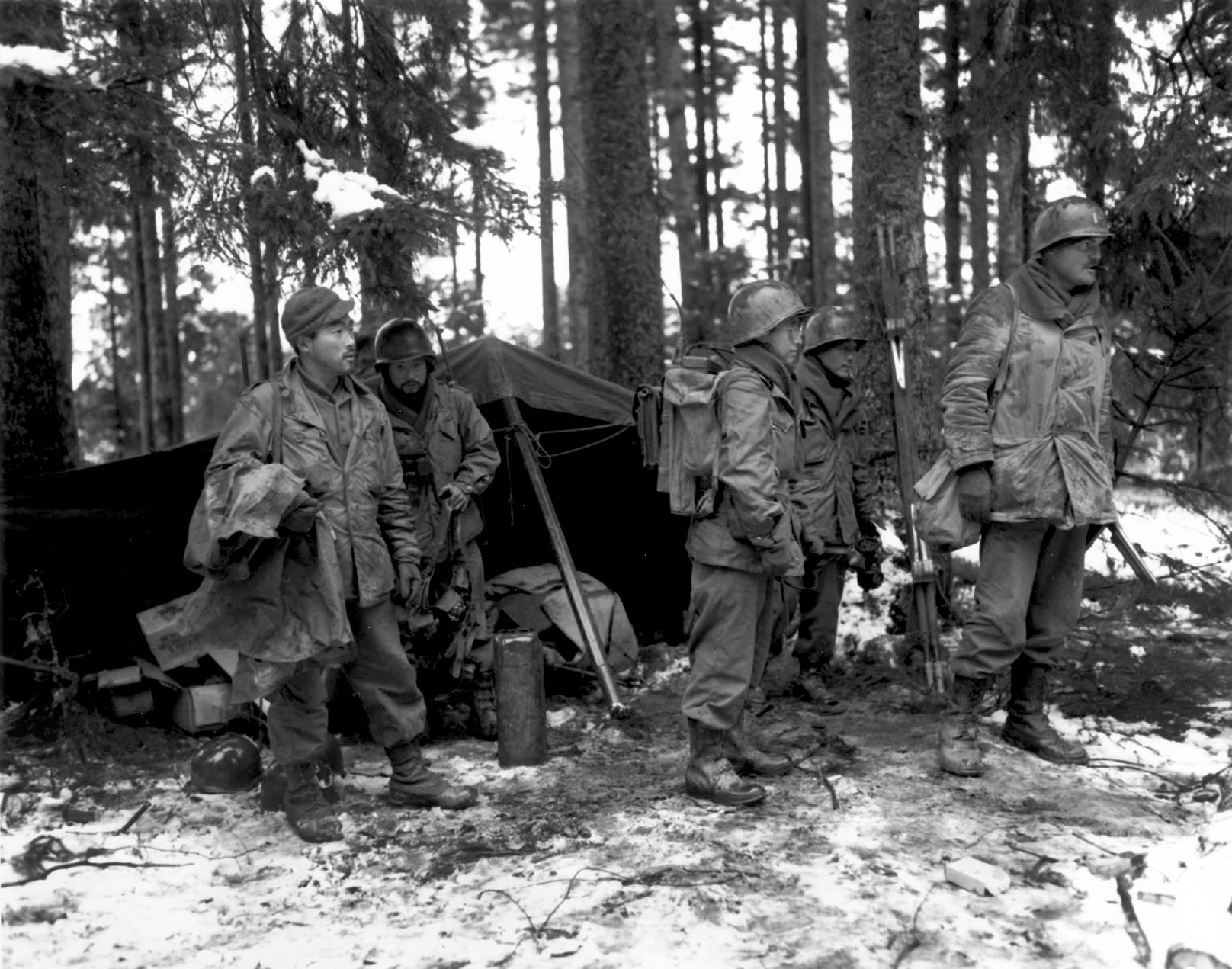
This part of the line was held by Italian Army die-hards who would not surrender and sold their lives dearly. Inouye led the assault on the first machine-gun position and was wounded in the stomach but succeeded in killing the crew with a grenade. He advanced on the second position, throwing two grenades and disabling that site.
Finally, with his unit advancing, he crawled up the flank of the third position and prepared to throw a grenade. However, a German rifle grenade hit and shattered his right arm. The grenade was still in his now-useless hand. His men headed for him to stanch his wounds but he ordered them back. Transferring the grenade to his good hand, he threw it at the position and then stood, firing the submachine gun one-handed when he was wounded again. He would receive the Distinguished Service Cross for these actions.
His arm was amputated without anesthetic because he had been given the maximum morphine dose in the field. With the loss of his arm went his hopes of becoming a surgeon. Thankfully, the United States gained a great senator. His DSC was upgraded to the Medal of Honor in 2000.
The war in Italy ended on May 2, 1945, as the Germans there surrendered. Their fighting days against the fascists and Nazi forces were over but not their fight for human dignity and rights. Interestingly, this fight was enforced for Inouye when 17 transfusions from black soldiers saved his life and had him contemplate the common dignity of all men.
Meanwhile, the 522nd Field Artillery, on detached service, was a witness to some of the most dramatic scenes of the war as it advanced against the final German defenses into Germany. Here in a great irony not lost on the men, they participated in the liberation of some of Dachau’s perimeter camps and saw for themselves the horror they had been battling for years.
U.S. Army Chief of Staff George C. Marshall commented on the performance of the Nisei: “They were superb! That word correctly describes it: superb! They took terrific casualties. They showed rare courage and tremendous fighting spirit. Not too much can be said of the performance of those battalions in Europe and everybody wanted them….”
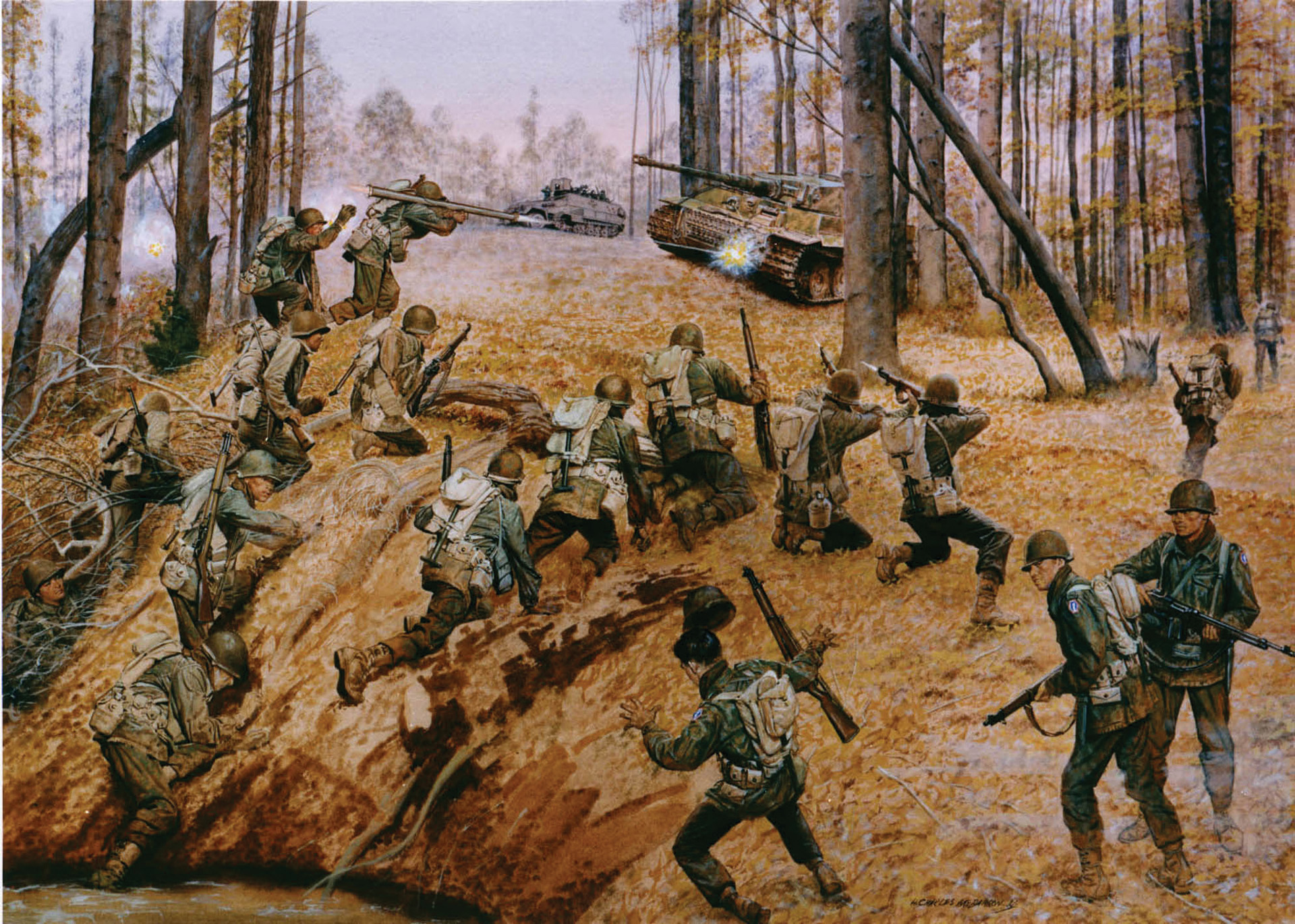
Returning home in July 1946, the 442nd was the first unit met personally by President Harry S. Truman even though many others had returned before them. He addressed the assembled Nisei and told them, “You fought for the free nations of the world…. You fought not only the enemy, you fought prejudice—and you won. Keep up that fight, and we will continue to win—to make this great Republic stand for what the Constitution says it stands for: ‘the welfare of all the people, all the time.’”
They became the most decorated unit of its size in U.S history. In 2000 President Bill Clinton upgraded a number of their decorations including Inouye’s to the Medal of Honor. The final count for the 100th/442nd was 21 Medals of Honor (20 of which were upgrades from other awards), 33 DSCs, 559 Silver Stars, 4,000 Bronze Stars, 9,486 Purple Hearts, and eight Presidential Unit Citations. These were awarded to a group that consisted of a total of 14,000 men serving in the 3,800-man unit during the war, a replacement rate of approximately 3.7.
On November 2, 2011, all veterans of the 100th, 442nd, and the Military Intelligence Services were awarded the Congressional Gold Medal. The medal was first presented by George Washington and represents the highest civilian honor that Congress can bestow. The medal was adorned with unit names and symbols, armed Nisei, and “Go for Broke.”
While the Nisei had been battling on two war fronts, the home front saw its own fighting until 1946. Through 1943 and increasing U.S. success in the Pacific it became evident to some senior members of the War Department and other government agencies that the exclusion of Japanese Americans was no longer required for any reason and was likely a violation of their civil rights. Estimates were prepared and criteria established for releasing the vast majority of captives.
However, General Dewitt fought to keep the exclusion in place. The West Coast press and public were also vociferous in support of the exclusion. Clearly nothing would happen until after the November 1944 presidential election. However, besides studies, the first small step was taken in September 1943 with the replacement of DeWitt by the Hawaiian military governor, General Emmons. Emmons quickly began studies to shrink the exclusion zone and generally worked with Washington, D.C., to begin to examine the unraveling of the program.
The justification for the program was broken when Under-Secretary of State John J. McCloy ruled that Nisei soldiers on leave could visit the excluded area with little or no supervision. With massive U.S. victories in the Pacific, the War Relocation Authority, Justice Department, and the War Department were ready to end the program. With Roosevelt’s reelection in November, it was decided at the first cabinet meeting after the election to do just that. The Supreme Court issued a ruling that both supported and went against the camps. This has left a convoluted legal legacy.
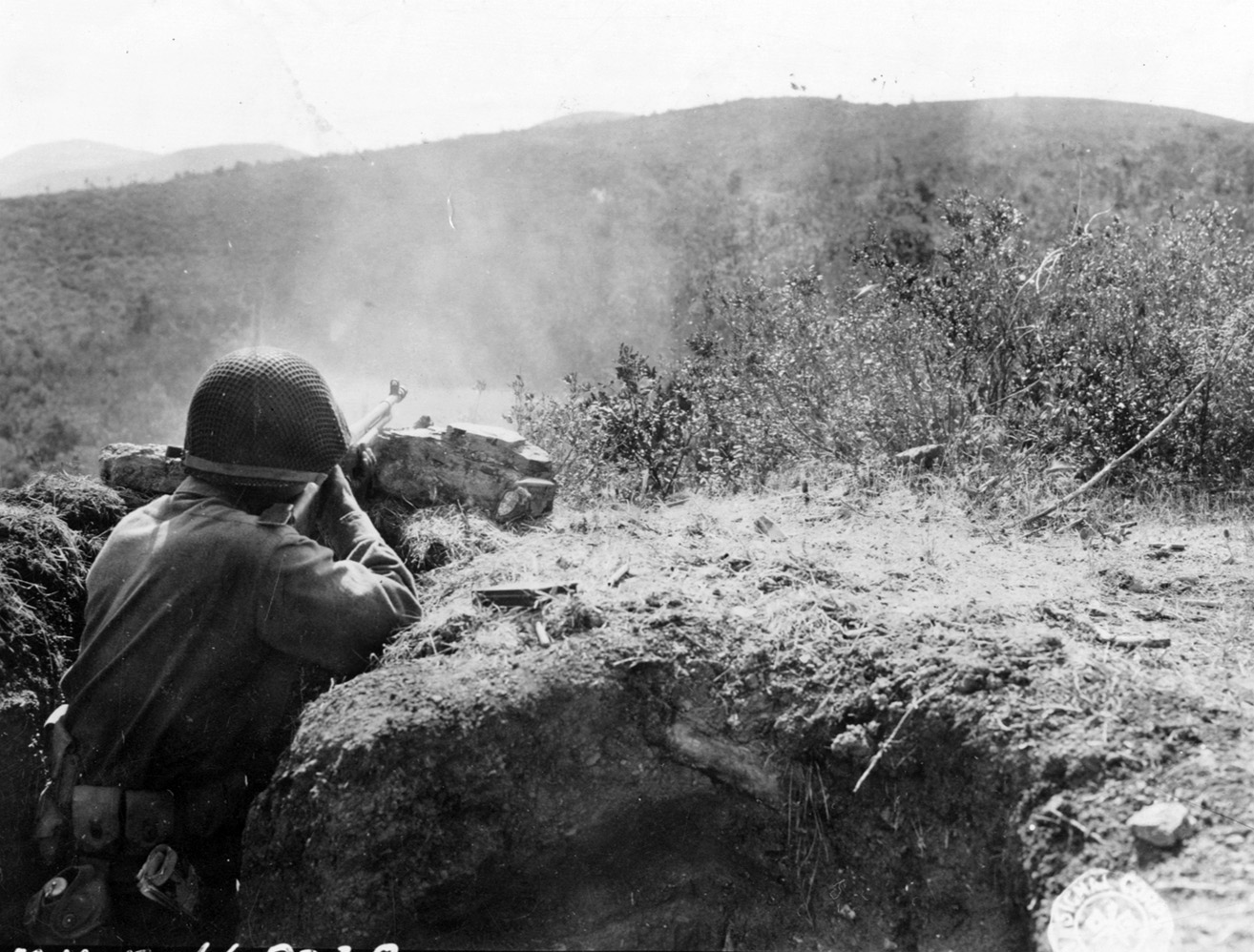
In a short time plans were drawn up and a legal structure put in place. A list of more than 115,000 Japanese Americans cleared to leave the camps and return to the excluded areas was prepared. Approximately 5,500 were identified as being an issue based on the following criteria and sent to Tule Lake. (It would be the last camp closed, in late 1946.) The criteria mimicked that of the year before:
• Refusal to register on the Selective Service questionnaire
• Refusal to serve in the United States armed forces
• Refusal, without qualification, to swear allegiance to the United States
• Voluntary submittal of a written statement of loyalty to Japan
• Agents or operatives of Japan
• Voluntary request of revocation of American citizenship
The formal announcement that the camps would all be closed in one year was made on December 17, 1944, as Proclamation No. 21 was issued. However, things quickly bogged down, mainly for political reasons. The human toll on returning to devastated communities slowed the internees leaving. In many cases they simply had no belongings, no money, and nowhere to go. Over 75 percent had lost their homes. The booming war economy did help, but the elderly suffered. By January 1945, only one in six of the internees had left their camps. The government eventually forced all to leave, granting them a train ticket and $25 to restart their lives.
There was violence and racism directed at the returnees. Open discrimination against employment or even entry into businesses and the buying of homes occurred. Gradually the government officials and sympathetic whites eased some of these situations, but it was disheartening in the extreme. More than 4,300 Japanese Americans who had requested deportation were returned to a war-ravaged Japan with almost no assistance. Their isolation in a newly devastated land was also extreme. Others claimed that their renunciation of citizenship had been a protest against their situation and applied to stay. Their court battles took decades. Tule Lake closed to a sigh of relief in March 1946.
As with many experiences of discrimination and persecution, both white and Japanese American society tried to forget these experiences. However, the sheer injustice of the event kept it alive. In 1948 the Congress allowed claims for hardship due to the exclusion. Approximately 127,000 claims were filed totaling $148,000,000, and about $37,000,000 was granted. In 1952 the ban on Japanese immigration was lifted and the Issei granted citizenship.
The matter faded in memory while the families fought to recover their livelihood and assimilate. There it would stay until younger members of the community, banding with survivors and former military, began to push for some redress. In 1978 the Japanese American Citizens League began a process to grant funds to all involved and secure an apology from the government. This was finally achieved with the passage of the Civil Liberties Act in 1988 (the bill was numbered HR 442 in honor of the 442nd).
Two of the bill’s sponsors had both been in camps—then Representative and future Secretary of Transportation Norman Mineta and Representative Robert T. Matsui of California. (Matsui’s family had four days in which to sell their home and move to the internment camp at Poston, Arizona; the sale netted $50.) The linkage between Japanese American valor on the battlefield and the closing of the camps was never more clear.
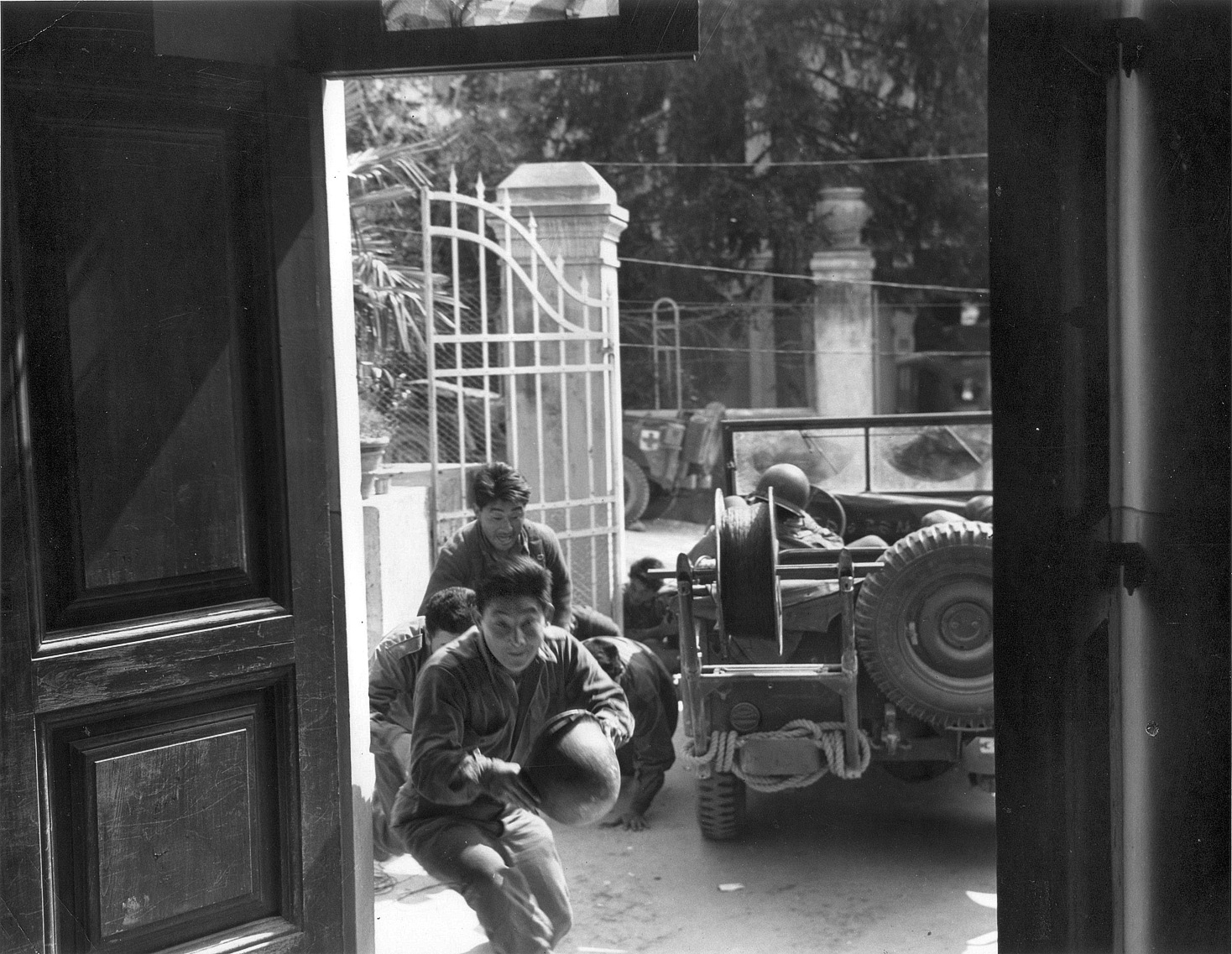
President Ronald Reagan presented the apology for the government. In it he stated, “Yes, the nation was then at war, struggling for its survival, And it’s not for us today to pass judgment upon those who may have made mistakes while engaged in that great struggle. Yet we must recognize that the internment of Japanese Americans was just that, a mistake. More than a mistake, it was a grave violation of civil liberties and a blot on America’s commitment to constitutional rights.” The government appropriated $1.2 billion for redress which also included the Aleuts.
President George H.W. Bush would add to the apology and increase the funding with an additional $400 million awarded. The Canadian government did the same in 1988.
How do we look back on these events? What meaning abides for the present and the future of the United States? We learned that our principles can be compromised. Wrong can be done in the name of right. Good and strong citizens can bow to the weak and mean spirited. How do we prevent this from happening again?
The answers are actually quite simple. We must stand for each other and the deepest principles to which we pledge our allegiance, rule of law, “liberty and justice for all,” “all men are created equal,” “the pursuit of happiness.” We have been told what can happen, but will we listen? The Civil Liberties Act was not just for the aggrieved parties but for all Americans, especially for the future generations. Japanese Americans not only saw their human rights affirmed but had changed a nation and how it viewed itself.
The linkage between the camps and the fighting Nisei is perhaps one of the greatest examples in our history of sheer courage and devotion. The Nisei knew what they were fighting and dying for: the very survival of their people as U.S. citizens. This was worth everything to them as they proved on countless battlefields or even in the camps by saying “no-no.” The words inscribed on their monument in Los Angeles written by Ben Tamashiro, veteran of the 100th Battalion, say this most eloquently: “Rising to the defense of their country, by the thousands they came—these young Japanese American soldiers from Hawaii, the states, America’s concentration camps—to fight in Europe and the Pacific during World War II.
“Looked upon with suspicion, set apart and deprived of their constitutional rights, they nevertheless remained steadfast and served with indomitable spirit and uncommon valor, for theirs was a fight to prove loyalty. This legacy will serve as a sobering reminder that never again shall any group be denied liberty and the rights of citizenship.”
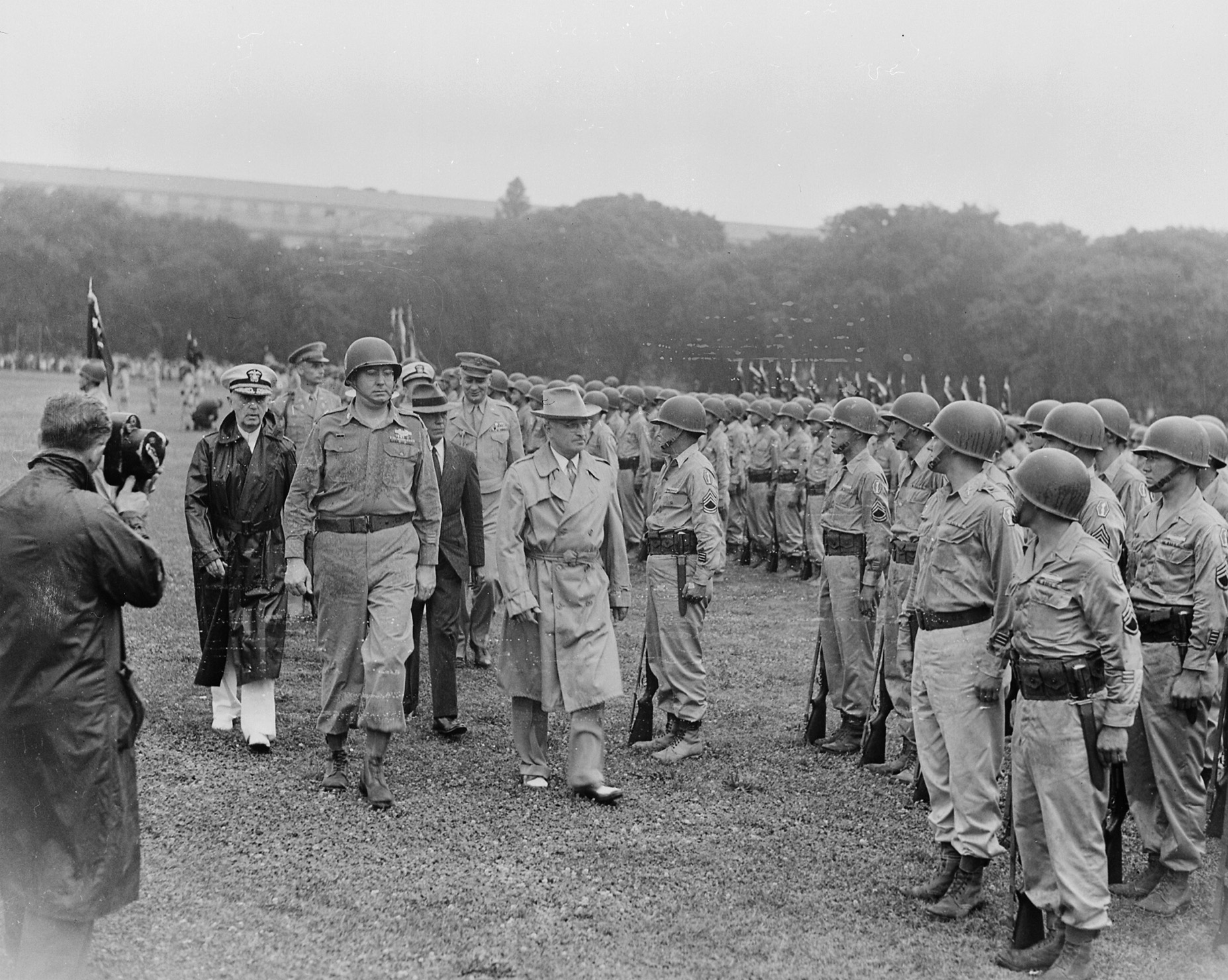
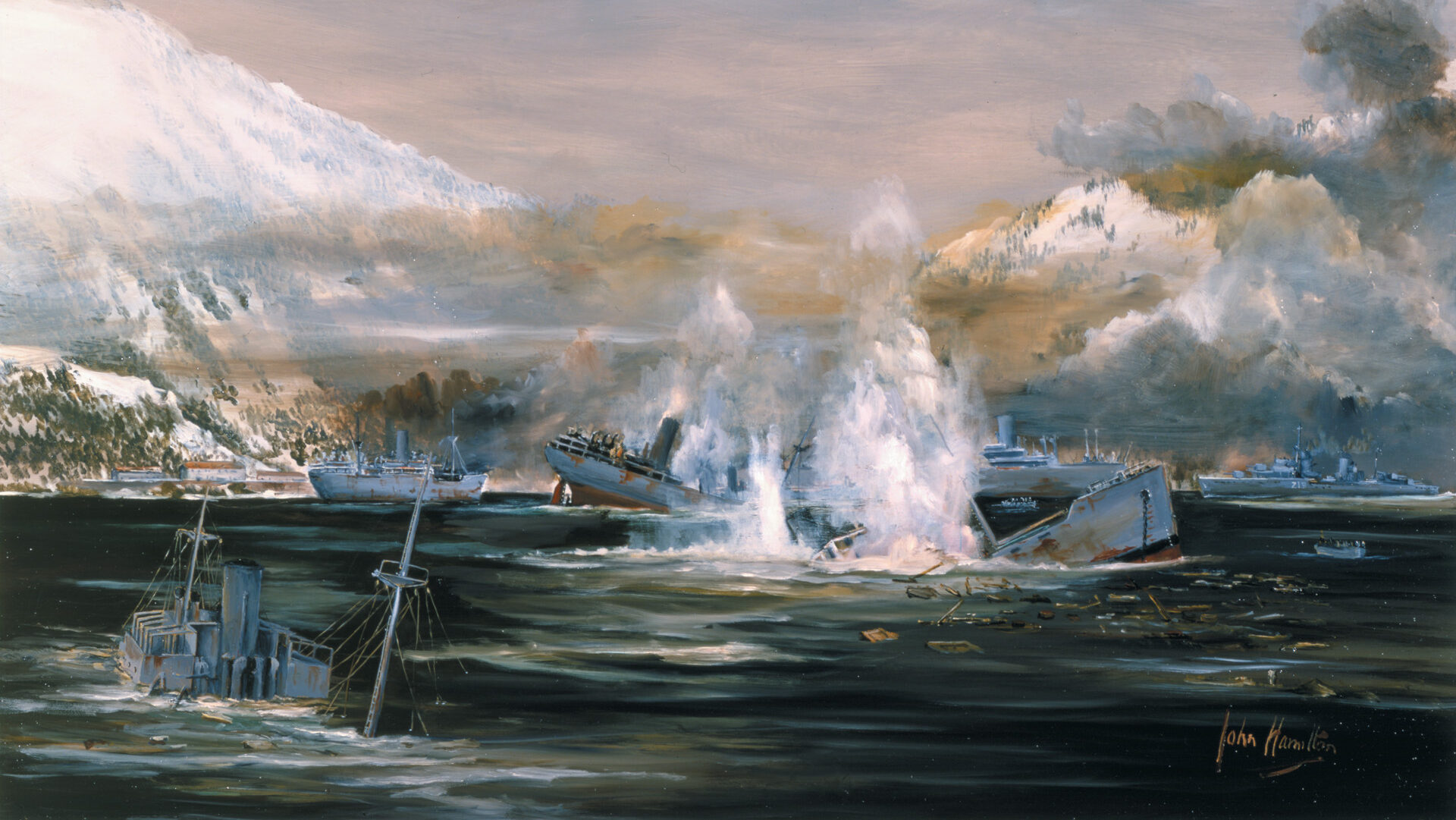
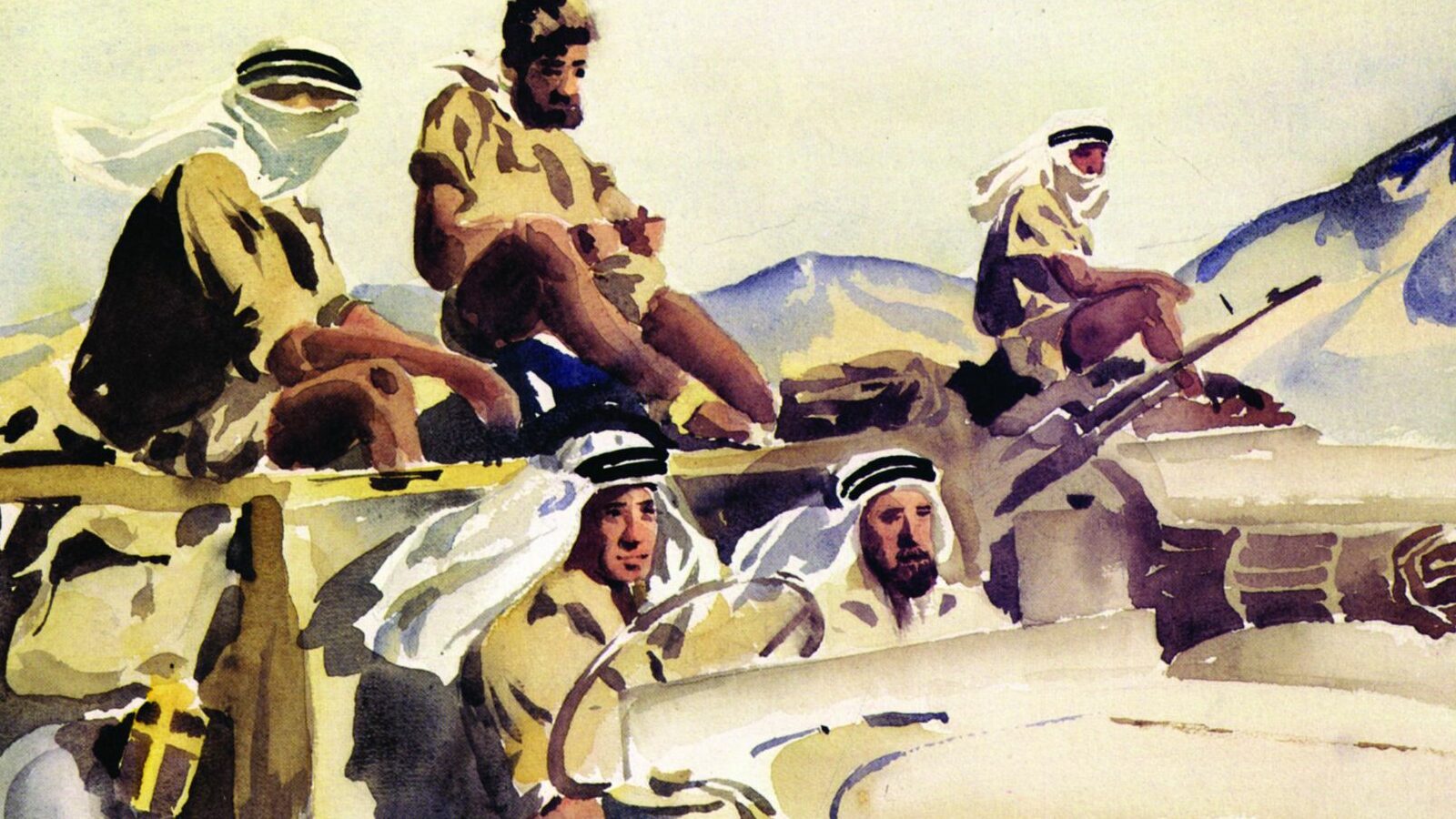
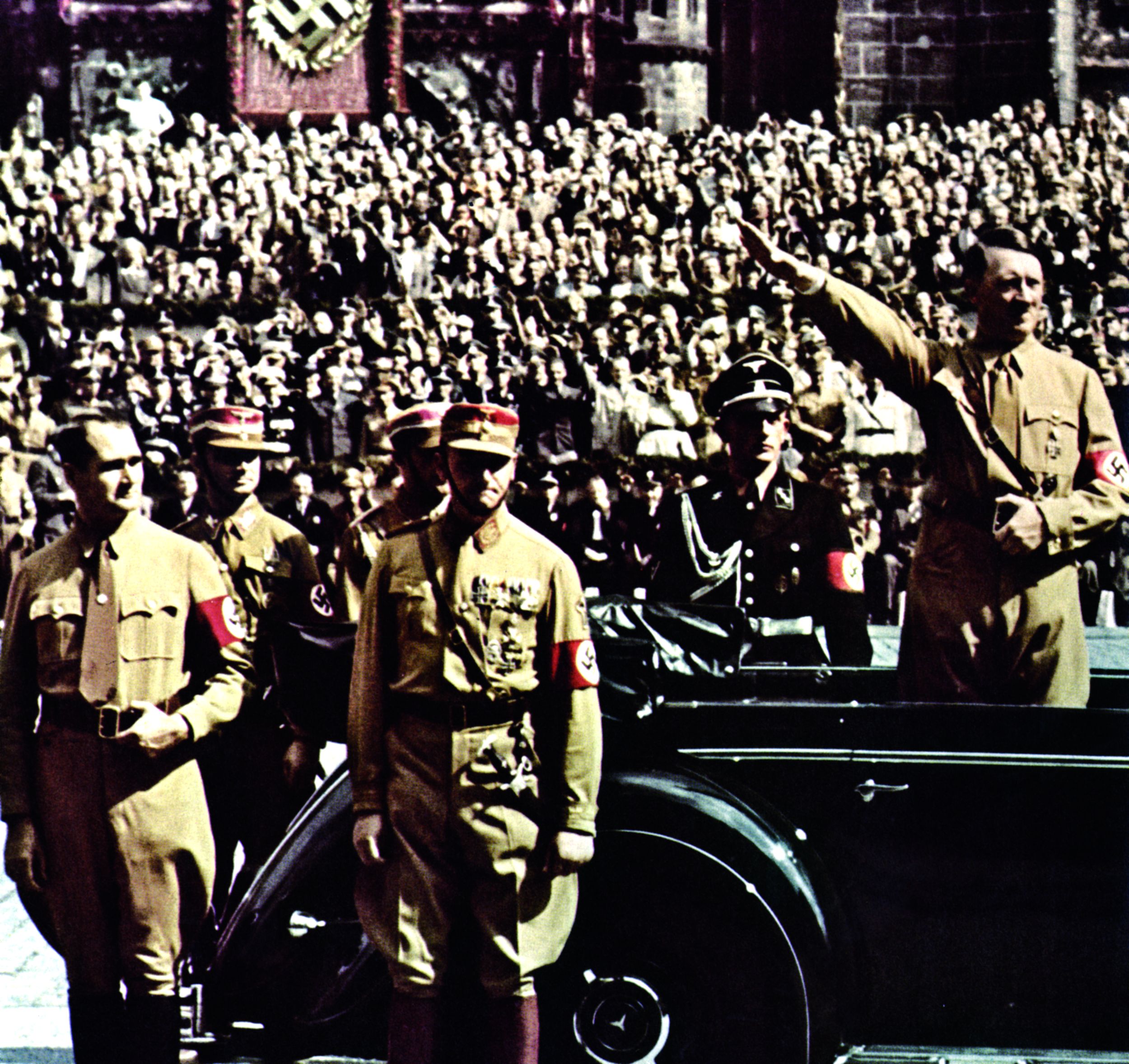
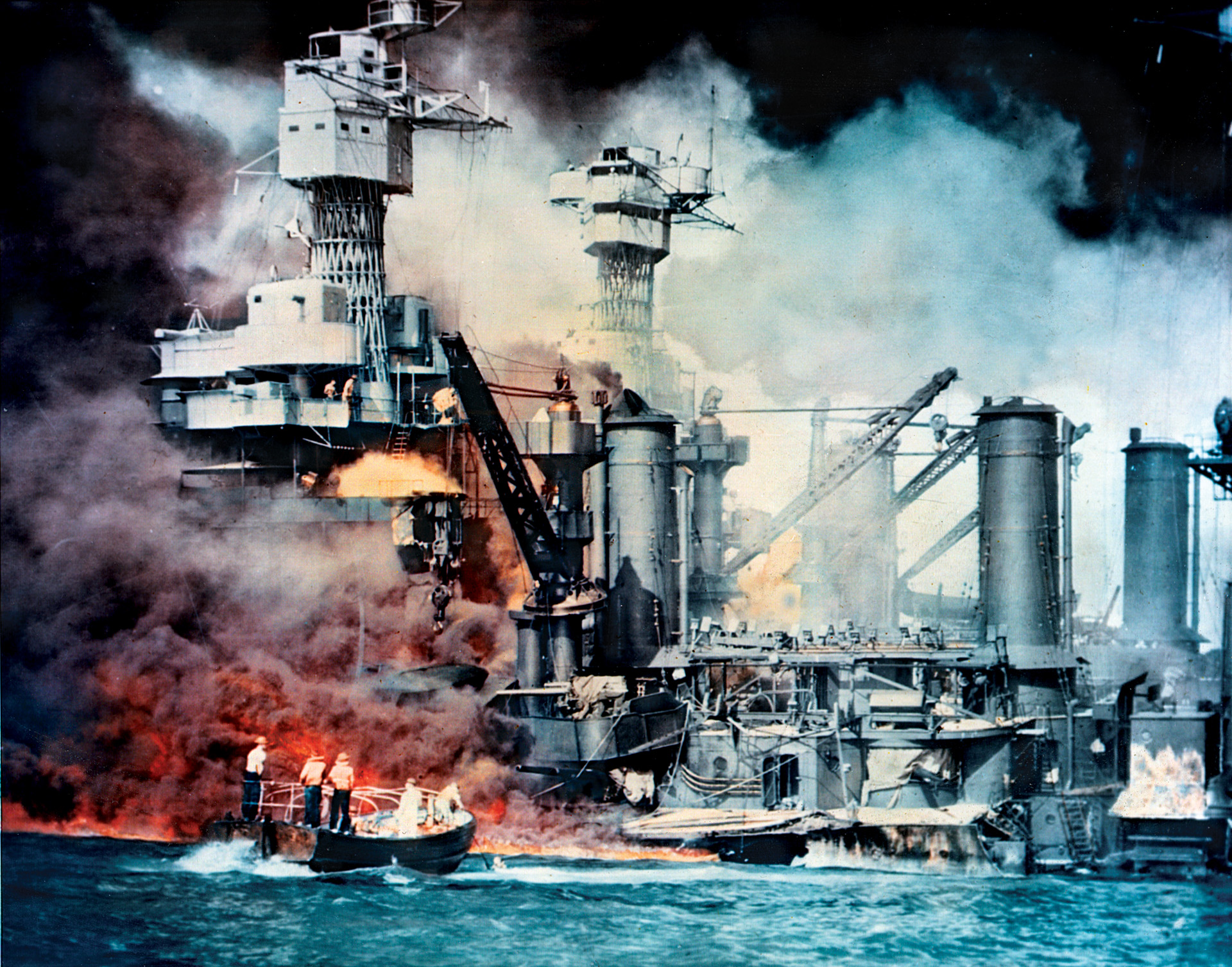
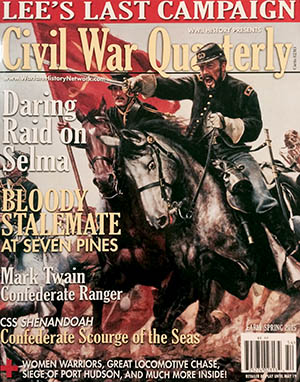
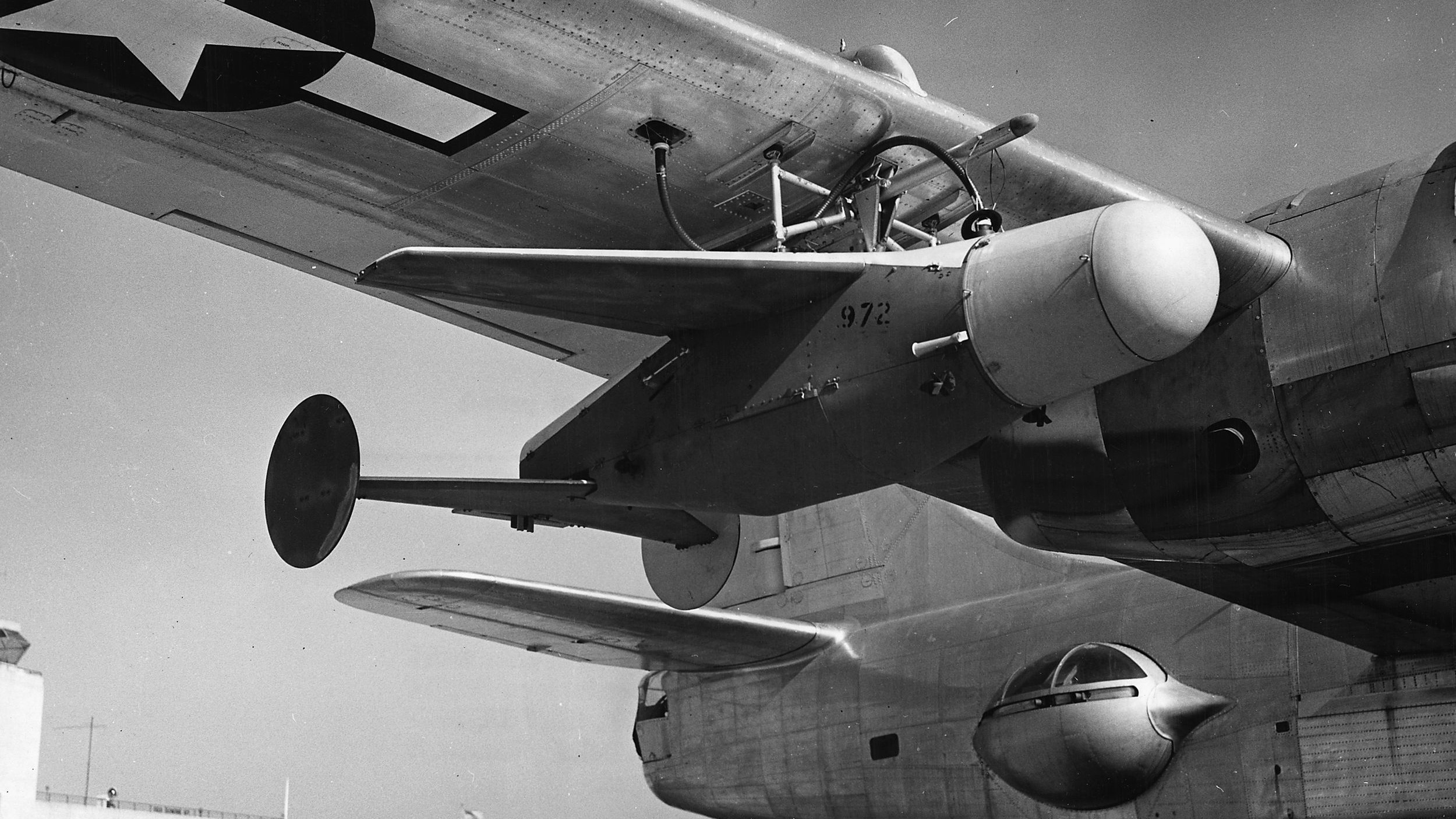
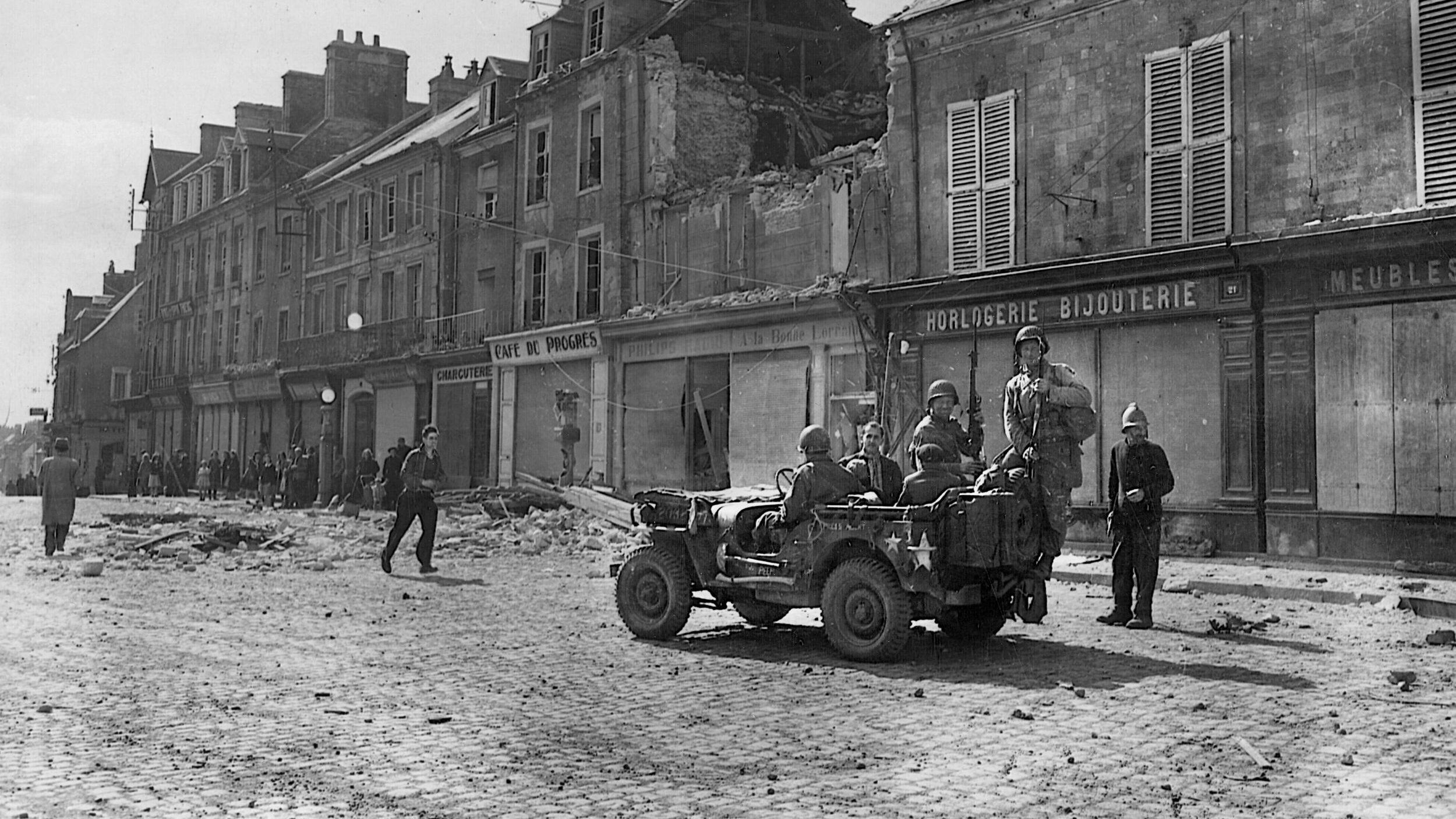
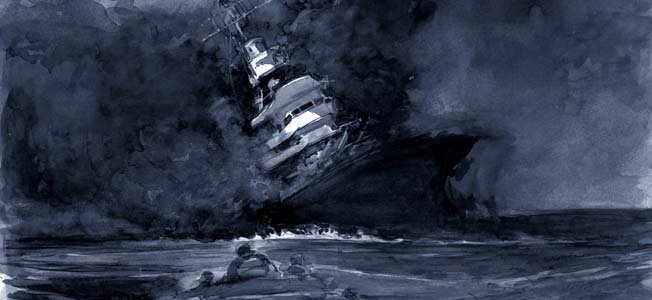
I enjoyed the article but, some clarification on a couple of points. Major General Charles A. Willoughby was not General MacArthur’s Chief of Staff, he was MacArthur’s Intelligence Officer (G-2). LTG Richard K Sutherland was Mac Arthur’s Chief of Staff. General Devers was the Commander of the North African Theater of Operations (the original NATO ?)and Deputy Supreme Commander Mediterranean Theater. I did not see this mentioned in the article but, the 442 Infantry Regiment was the most decorated regiment in the history of the US Army.
Mike